SLAK, Russian constructivist graffiti: Detachment from reality and time
Beginnings in times of upheaval in Russia
SLAK was born in 1986 and grew up in a small village (Beloozersky), situated 70 km from Moscow, where he is still living today. His parents were drawing a lot at home, his father was into photography as well and his mother into sewing. Therefore, SLAK was drawing since he was a child, most of the time together with his father. Naturally, he was only into figurative drawings at that time. He was attending an art school when he was a child as well and later completed many courses in graphic design besides his higher education in the Institute of Physics and Mathematics to become an instrumentation engineer.
SLAKs youth was marked by a very hard time in Russia. It was the collapse of the Soviet Union and times of anarchy were fallowing for a period of ten years, where destruction, subculture wars, clashes with the police were happening frequently.
The first time SLAK saw graffiti was in rap music videos on MTV. A few years later he was gathering some information about graffiti, even from Russian TV channels. He found in graffiti exactly what he needed as he says: dynamics of forms, freedom of expression, street romance and of course the technique itself. Contrary to the majority of writers at the time, he was not part of the hip hop culture, but attracted to electronic music, which influence can be found in some of his drawings. In 2003 a friend came to him with a spray can and got him to create graffiti and since then he never stopped. For a very long time he drew spontaneously, called tags as captions, lettering as captions and was creating with very low quality paint and markers. He did not even think about such a notion as style, not to mention its development. He drew from memory graffiti pieces he saw in the rap videos. Probably most of all were in American wild style, SLAK remembers. Later, when he had access to more information, he discovered Cope2 that he admired for a while. But before getting internet access in 2006, SLAK didn’t know much about other graffiti artists. And besides the graffiti on TV, he was also into the aesthetics of video games. The characters of Street Fighter and characters in other similar games were fascinating him, as well as Japanese RPG games, especially the Final Fantasy series. The key moment for SLAK when he realized that graffiti was 100% for him, was when he was visiting Nescafe Festival in 2005 and buying the first issue of «Code Red Magazine».
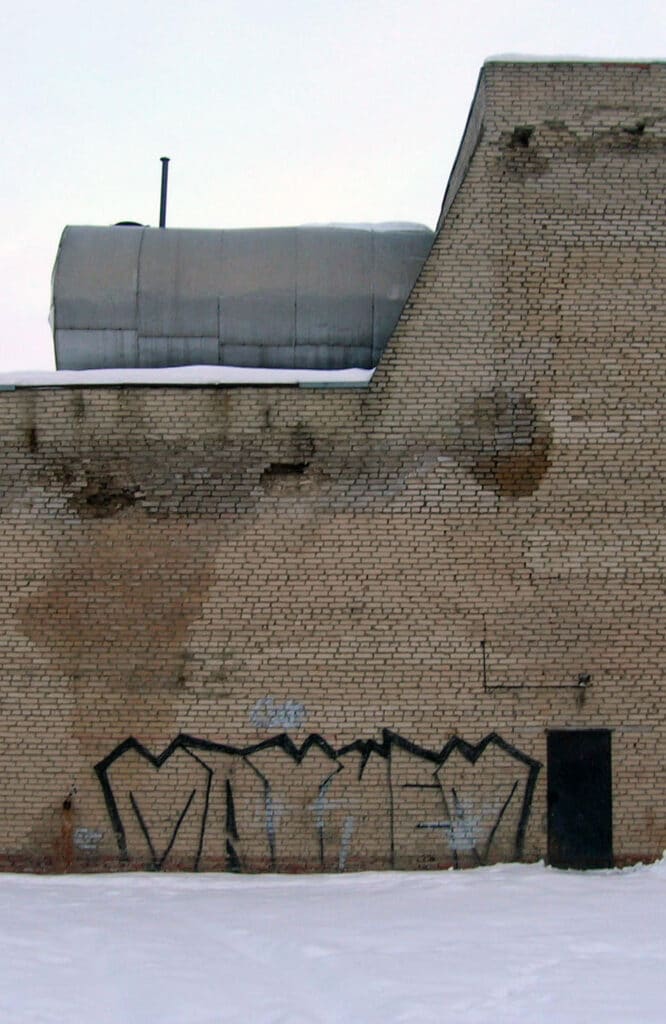
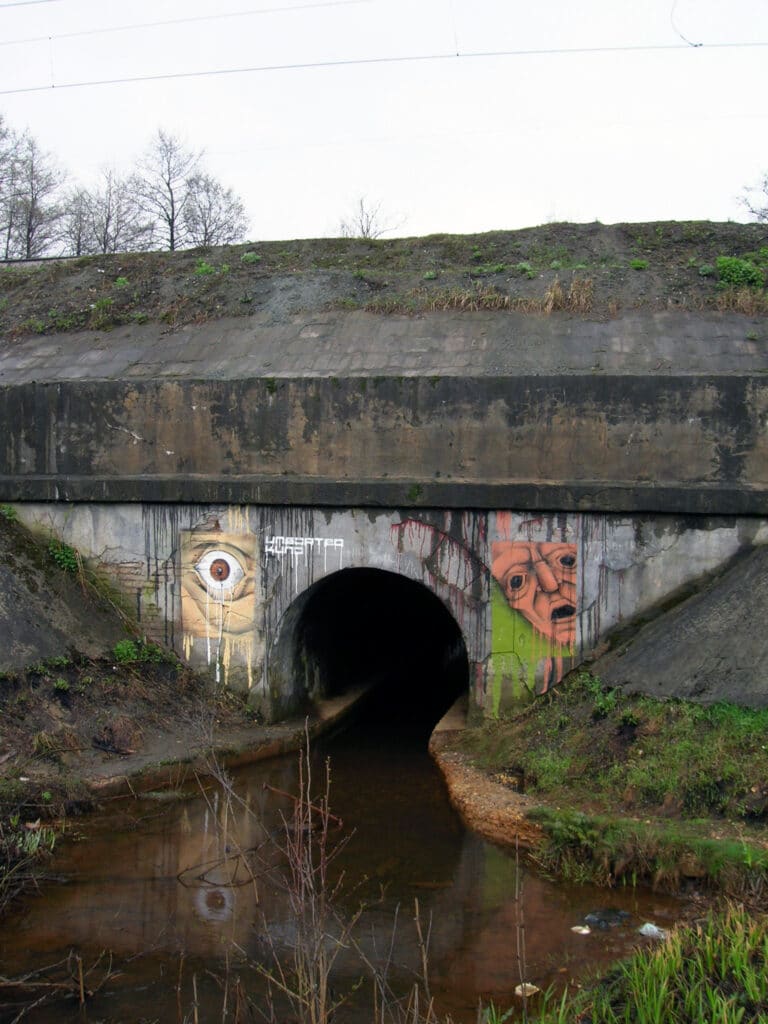
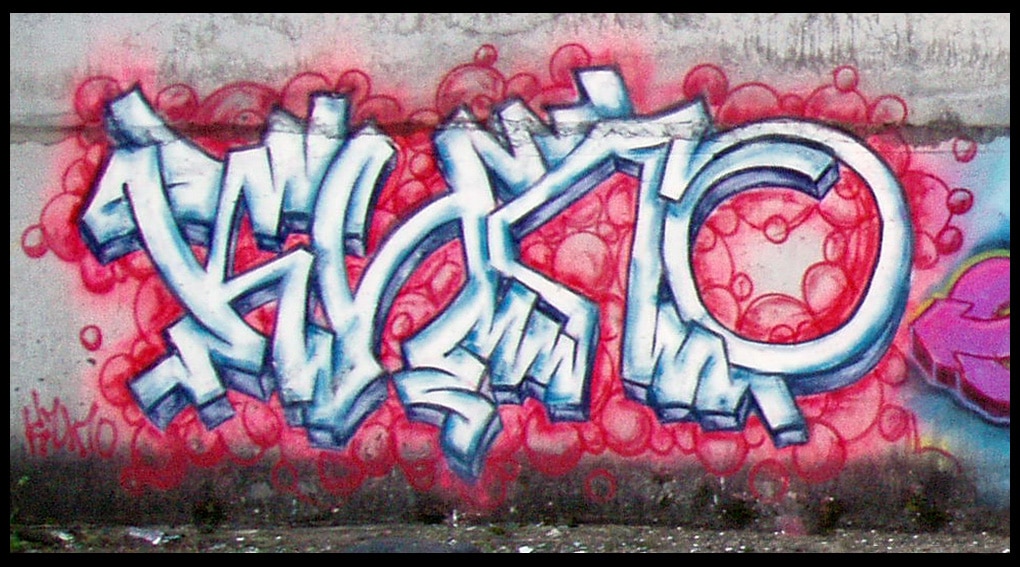
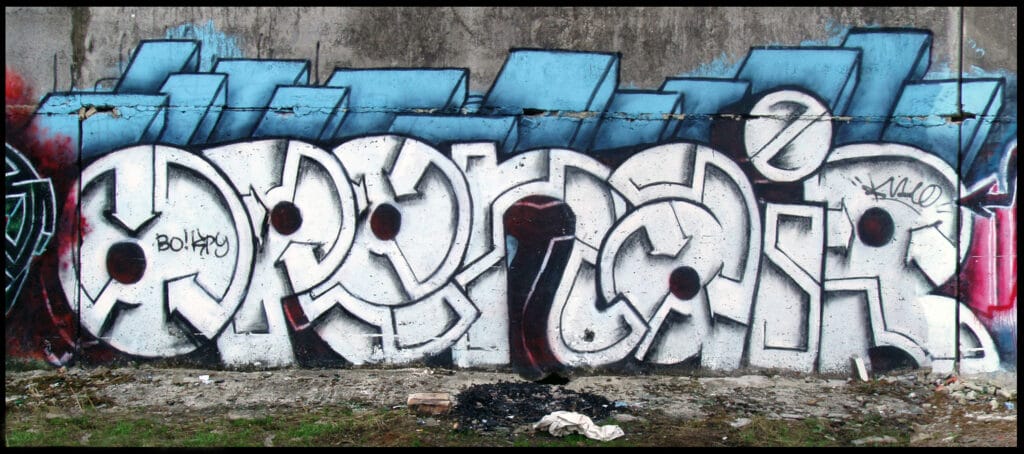
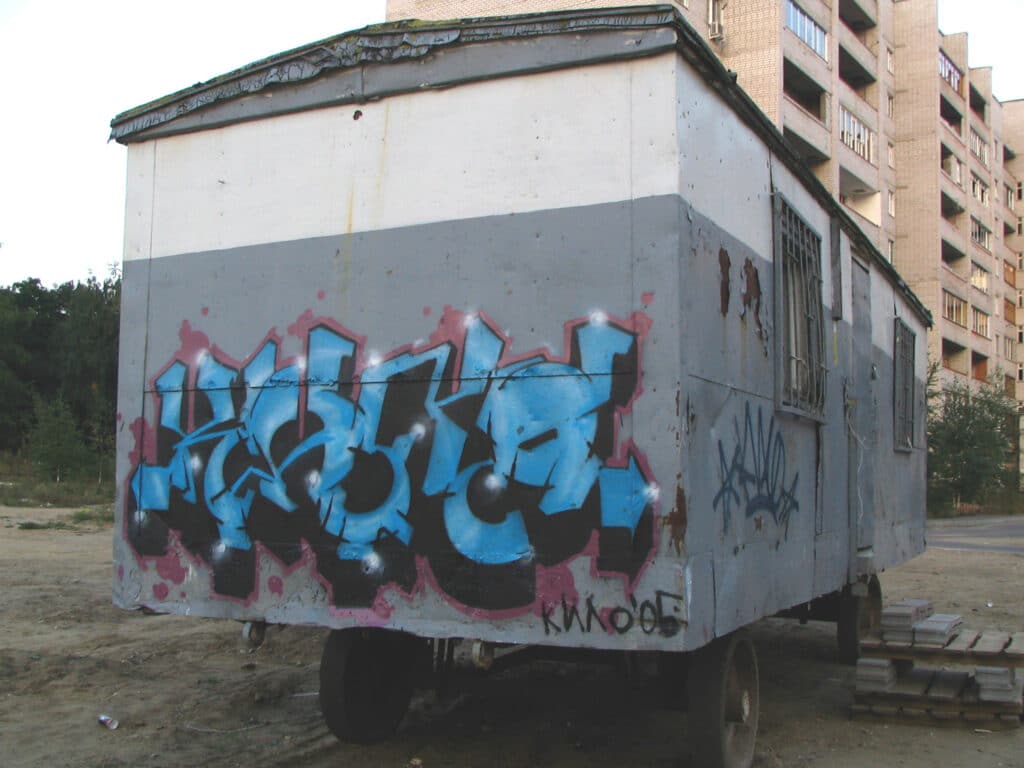
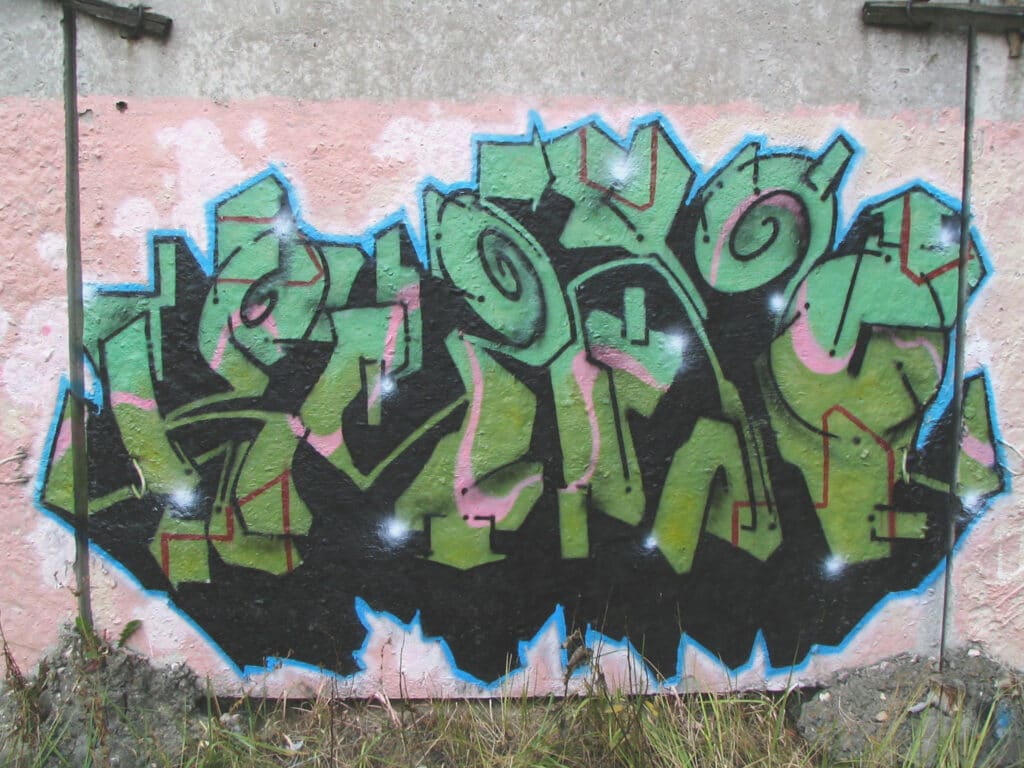
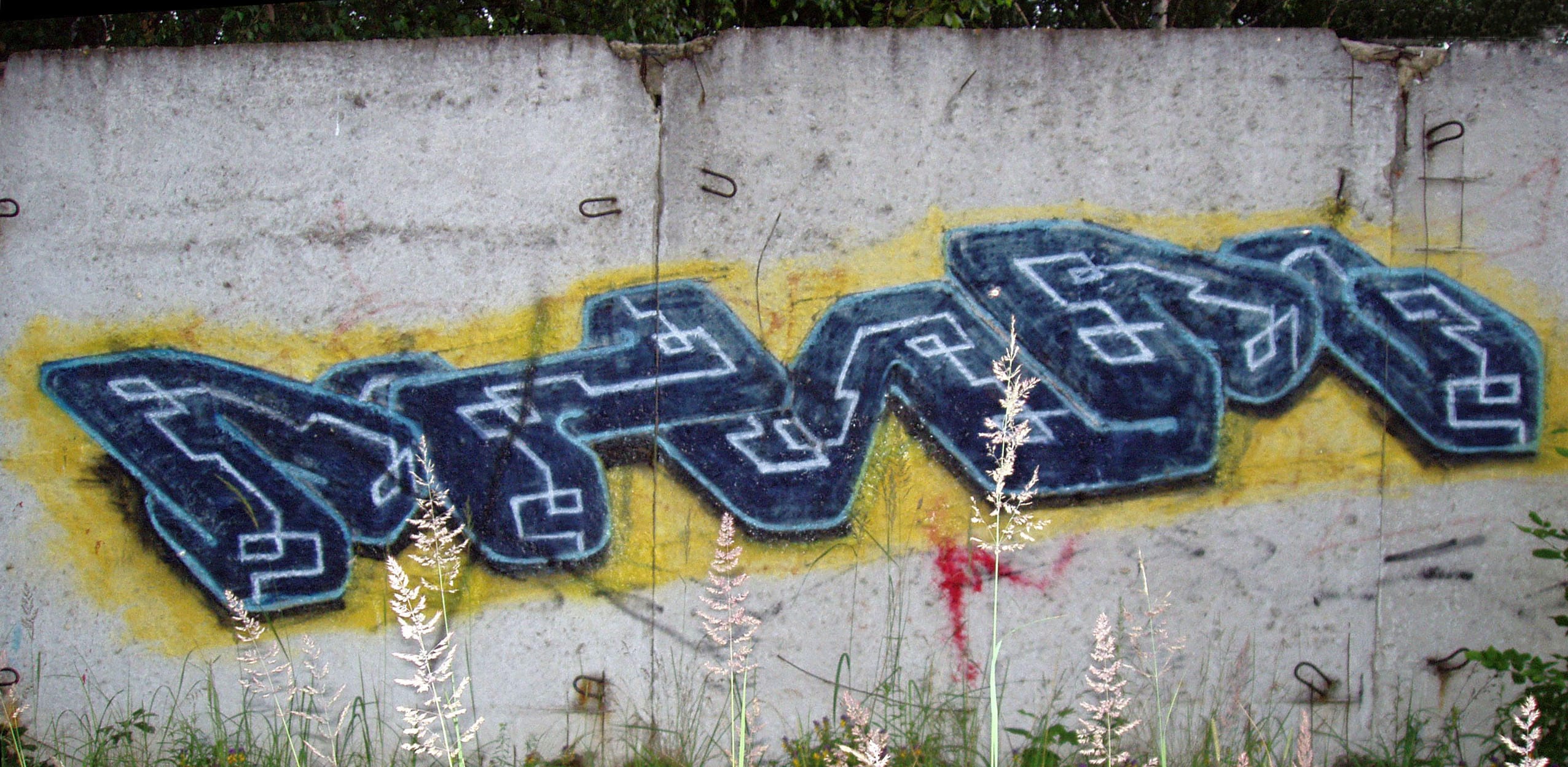

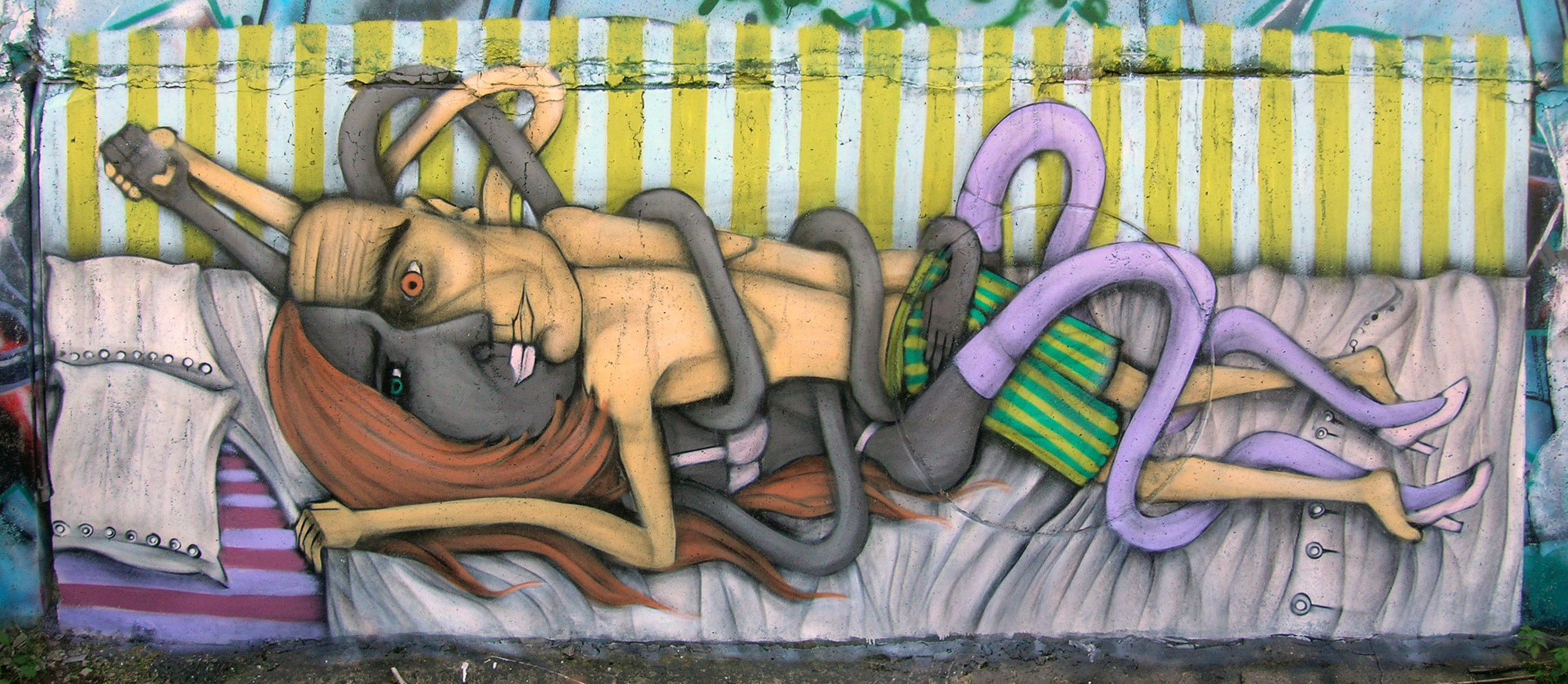

When he finally got internet access in 2006, it became much easier to get information, inspirations, to get supplies and to connect with people. SLAK started therefore working consciously his style in 2007. In the beginnings the young Russian writer went through many names with different letters, like MNIM, SON, HATE, KILO, SLAK, ILYA, SLAG, etc. He just recently started writing only SLAK and still appreciates these four letters until now. His first crew was founded with his friend, with whom we started in 2003, it was called the BO crew. Later on SLAK was more interested in complicated drawings and pieces, and his friend into bombing (who is active in the Gnews crew). Posterior SLAK was shortly part of crews like UNS (with TOMAR) and PSY (together with ZONCKER and OKADA).
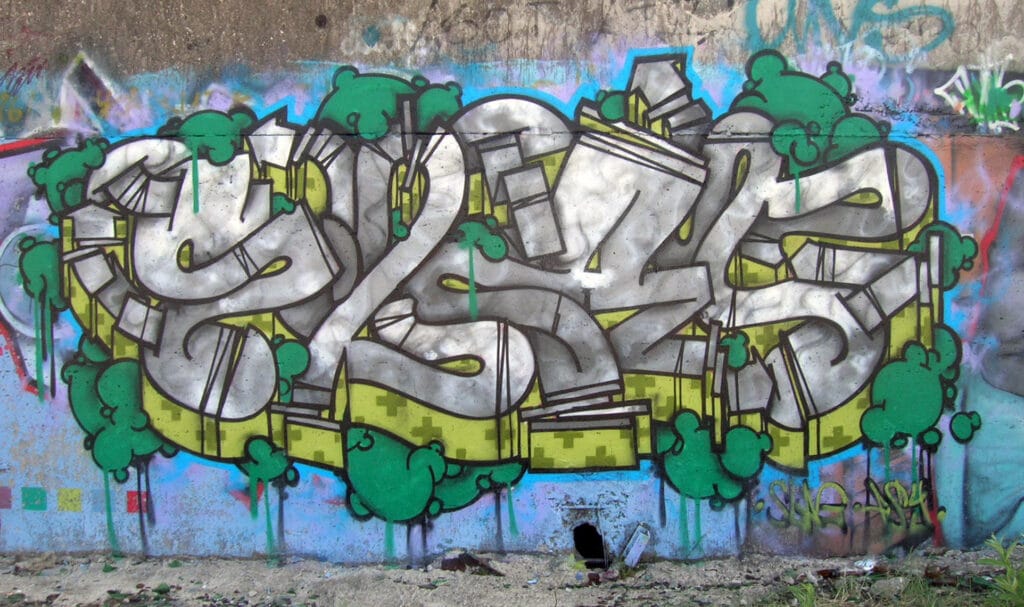
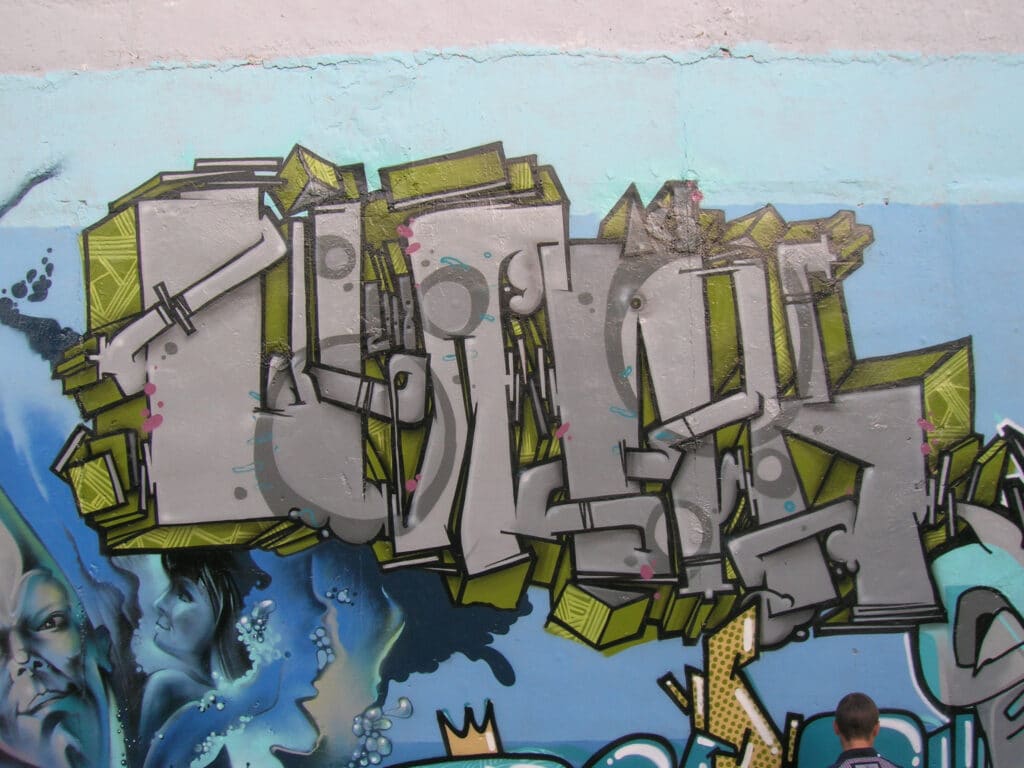
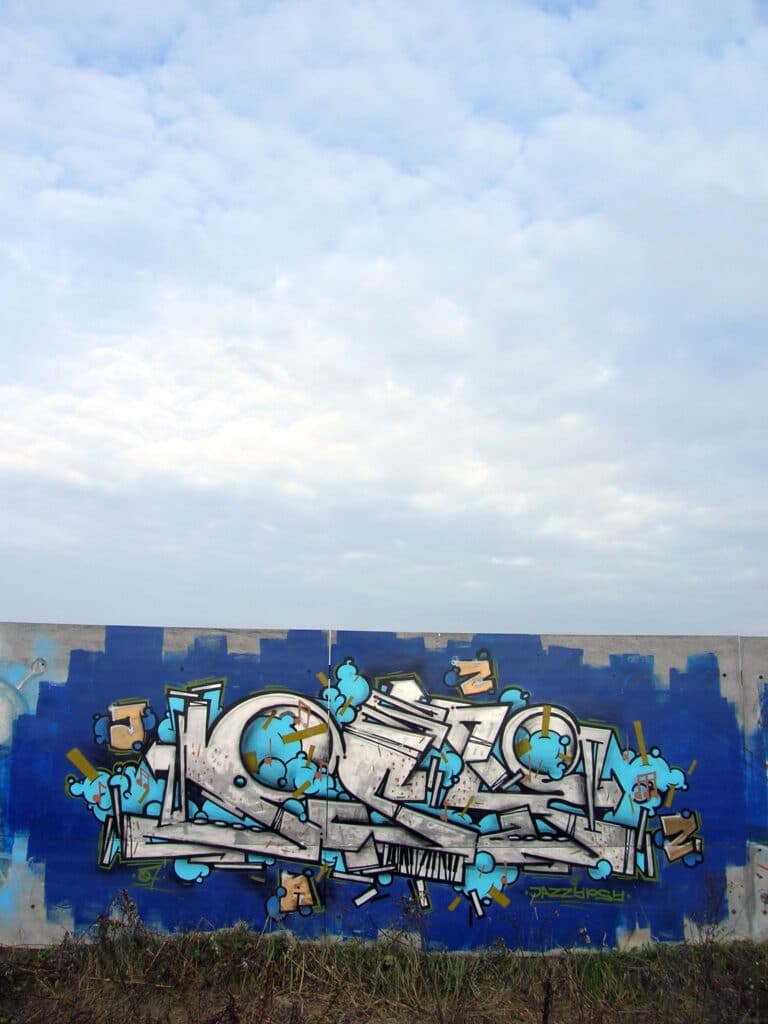
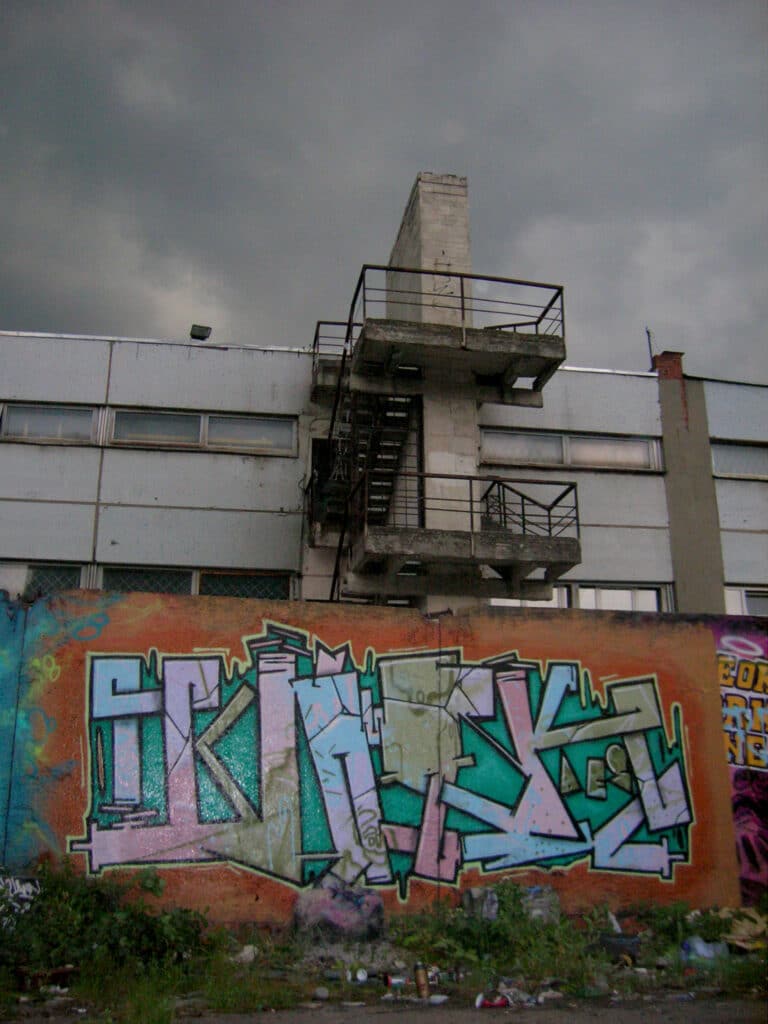
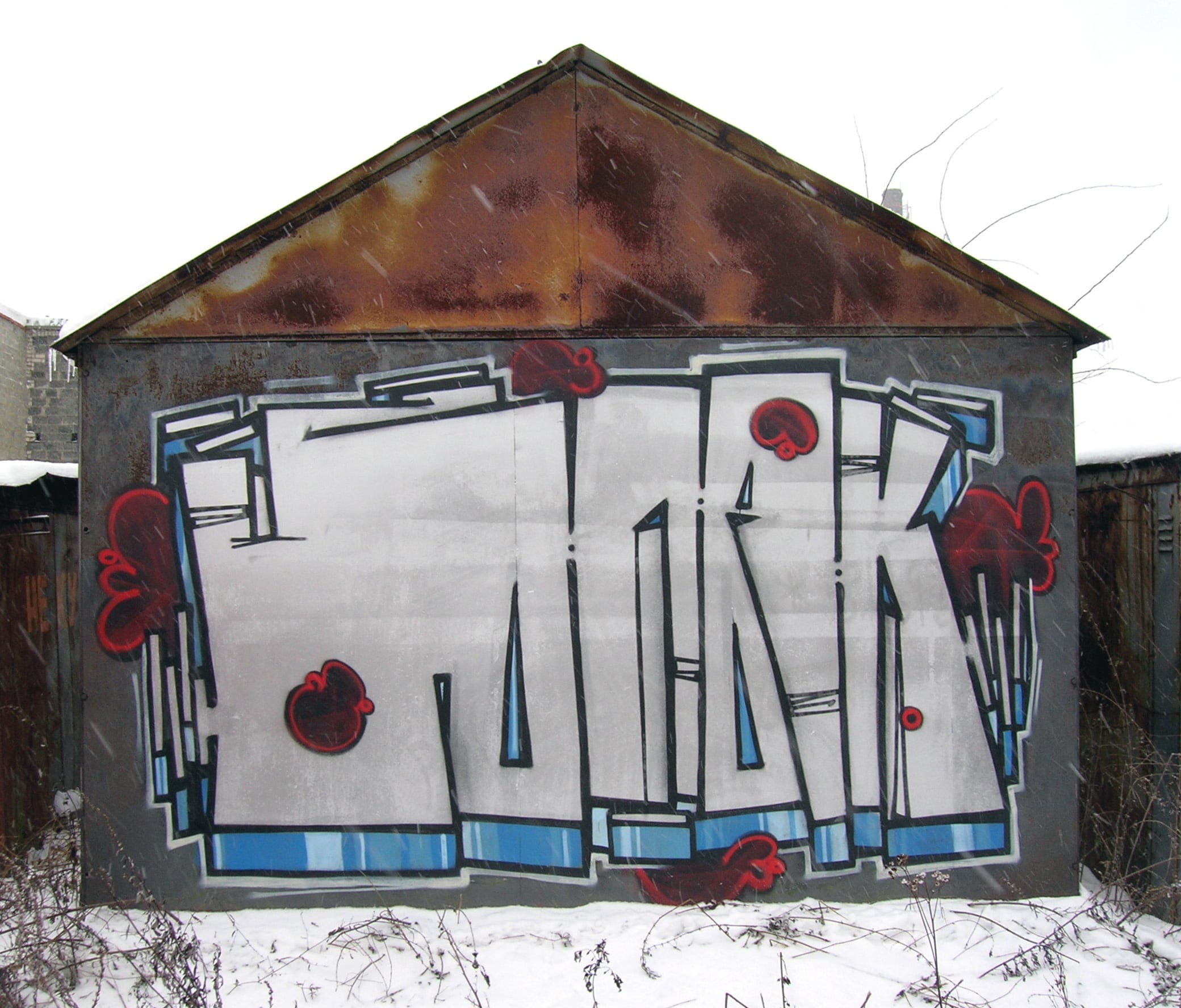

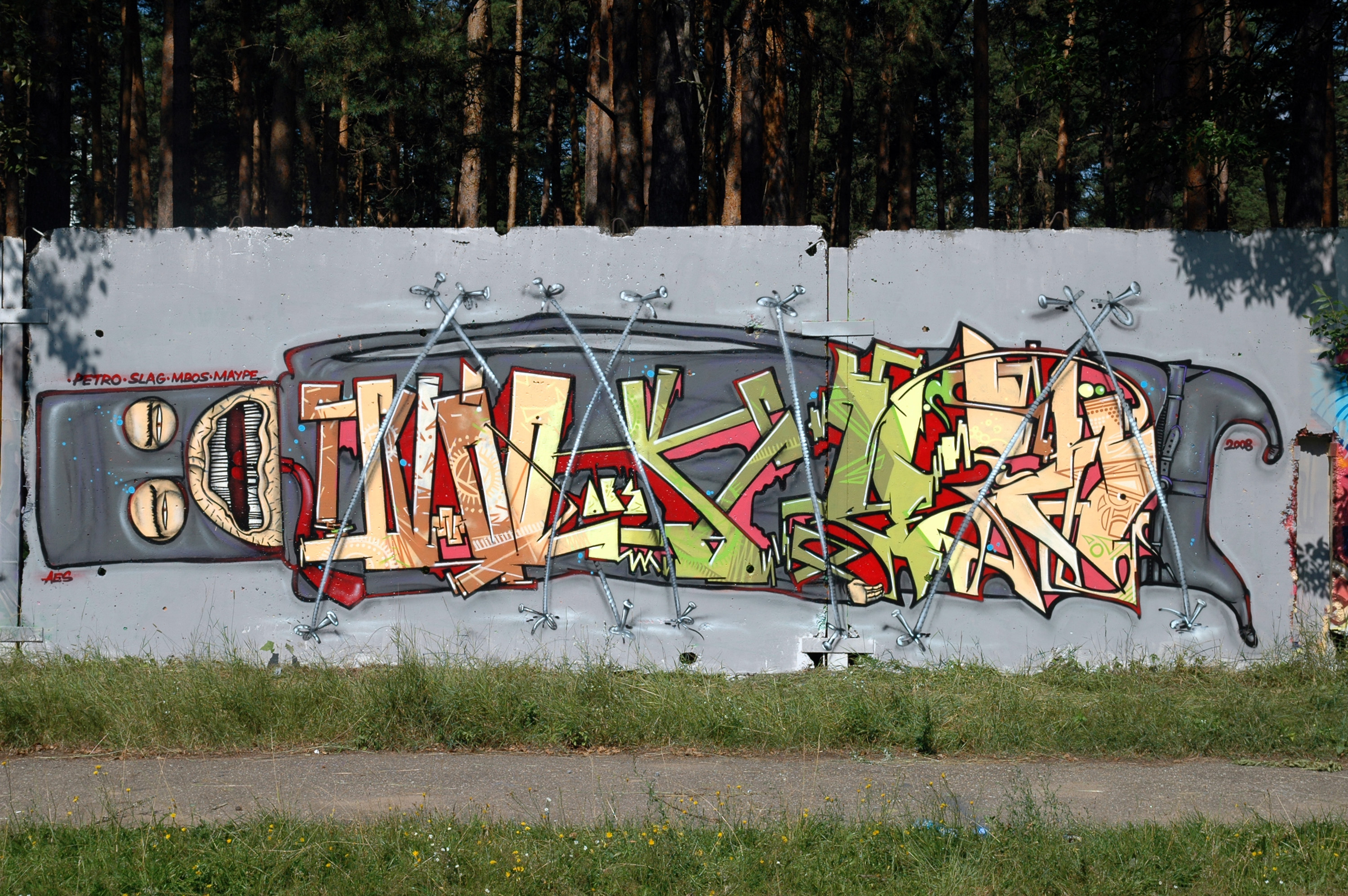
Aesthetics group
In 2006 SLAK met PETRO the time first when he was in the PSY crew. PETRO had organized a group of writers before in 2004 with MBOS and MAYPE. In 2008, he invited SLAK to join their team, it was called AES – Aerosol Systems. Later more members joined like Vedro and Sugar18. The name was changed into Aesthetics group along with changes in style and a turn towards abstraction around 2015. PETRO and SLAK decided to work together, because it was logical in terms of style and a great coincidence of similar views.Their similarities lie in the same artistic formal language they use for their graffiti and studio works since more than ten years now: geometry. From the aesthetic and ideological point of view, the duo has passed a way from classical graffiti to constructivist post-graffiti. Usually their works combine aesthetic aims, visual experiences of both artists with a constant desire to expand knowledge. They developed a unique style keeping an authorial approach in all their art works, not distinguishing the ones created on the street, for exhibitions in galleries or commission works. Their practice include wall painting, muralism, paintings on canvas, digital illustrations, graphics, collages, etc.
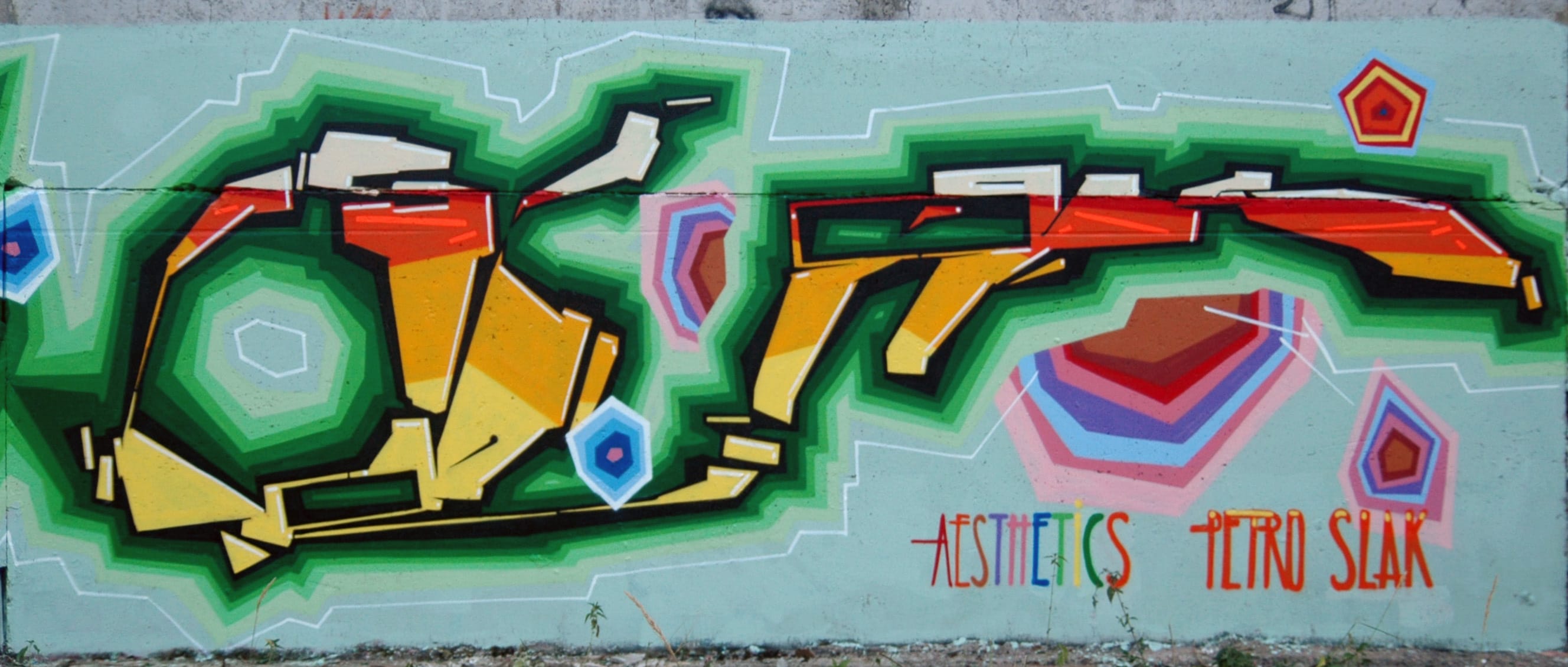
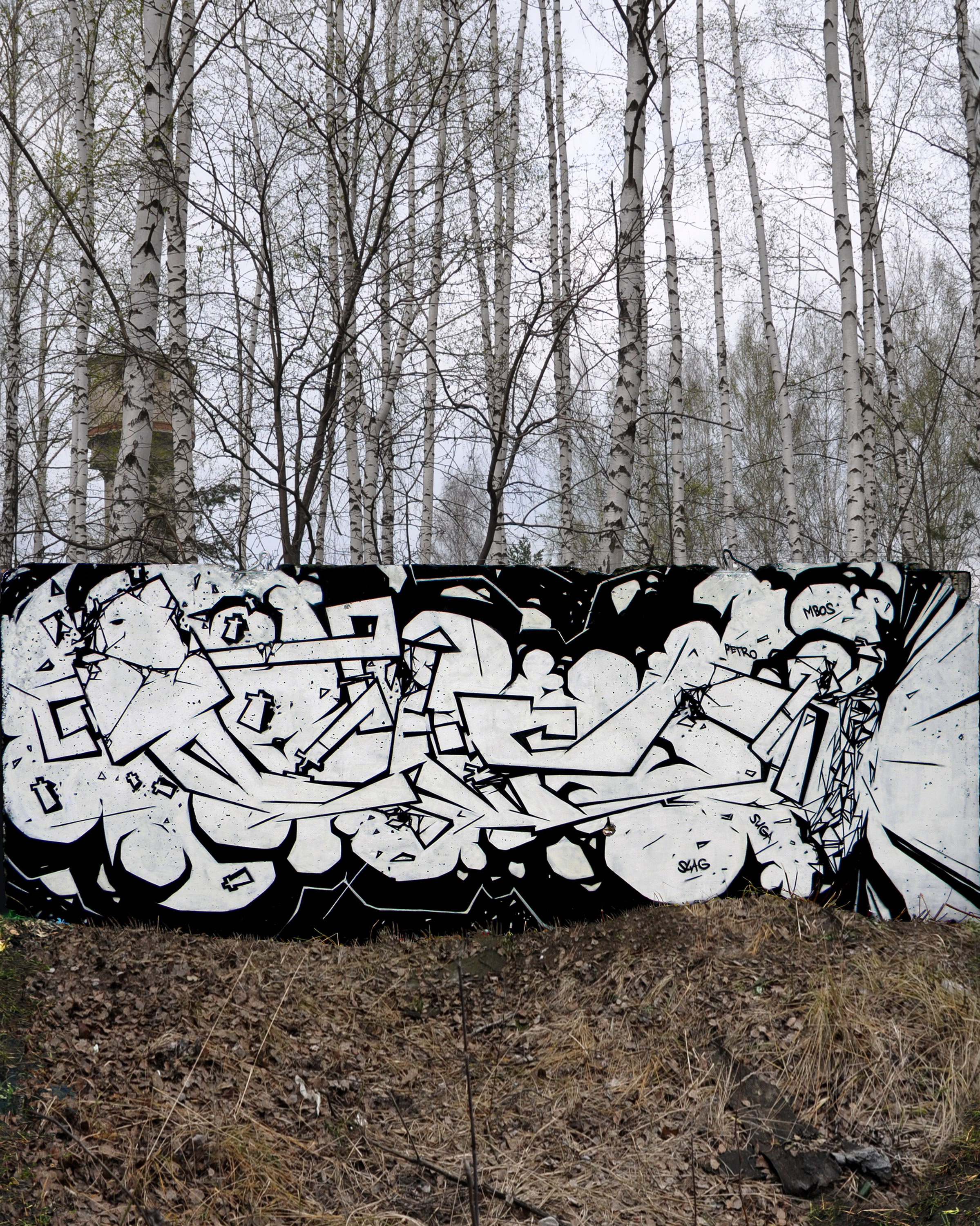
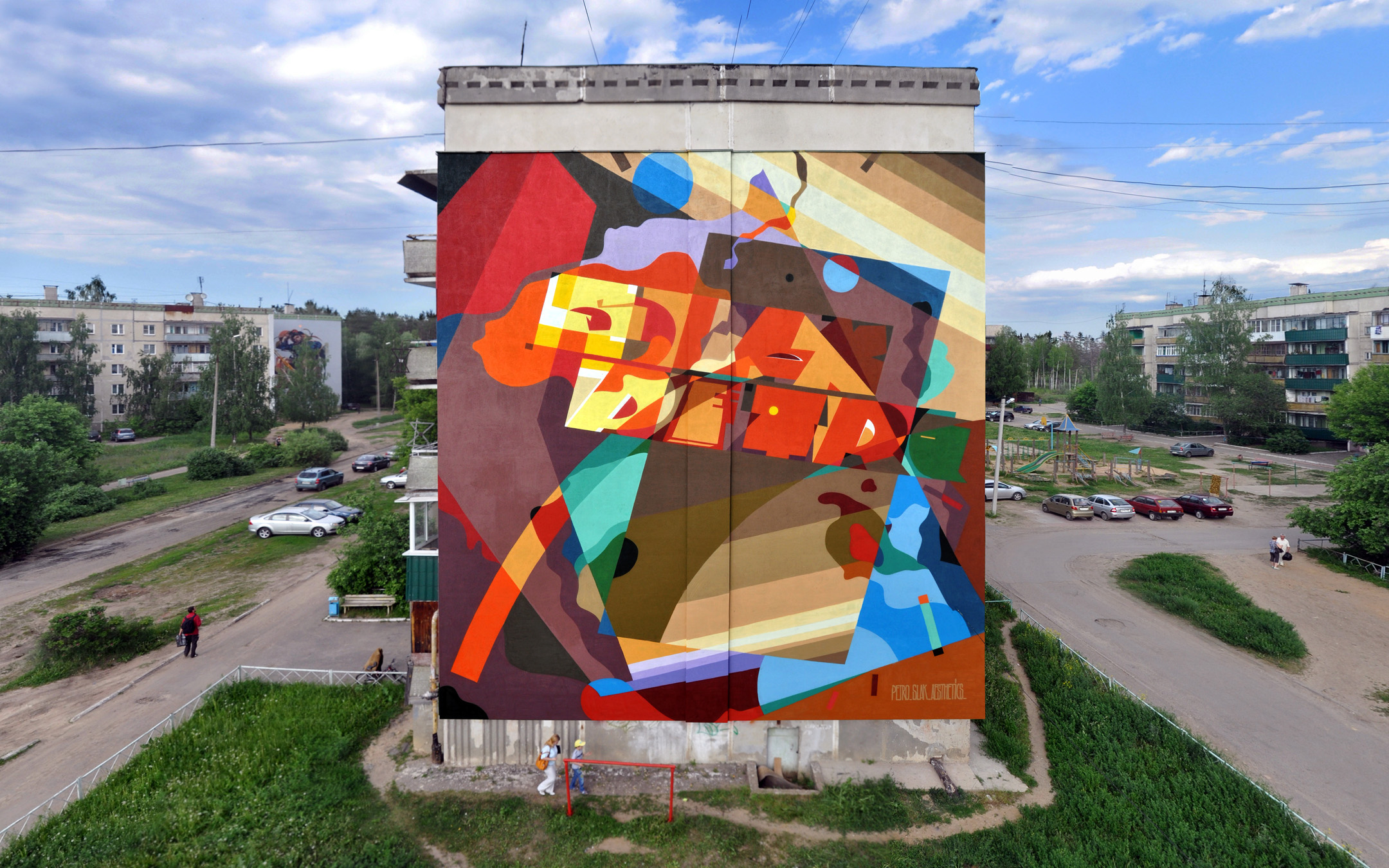
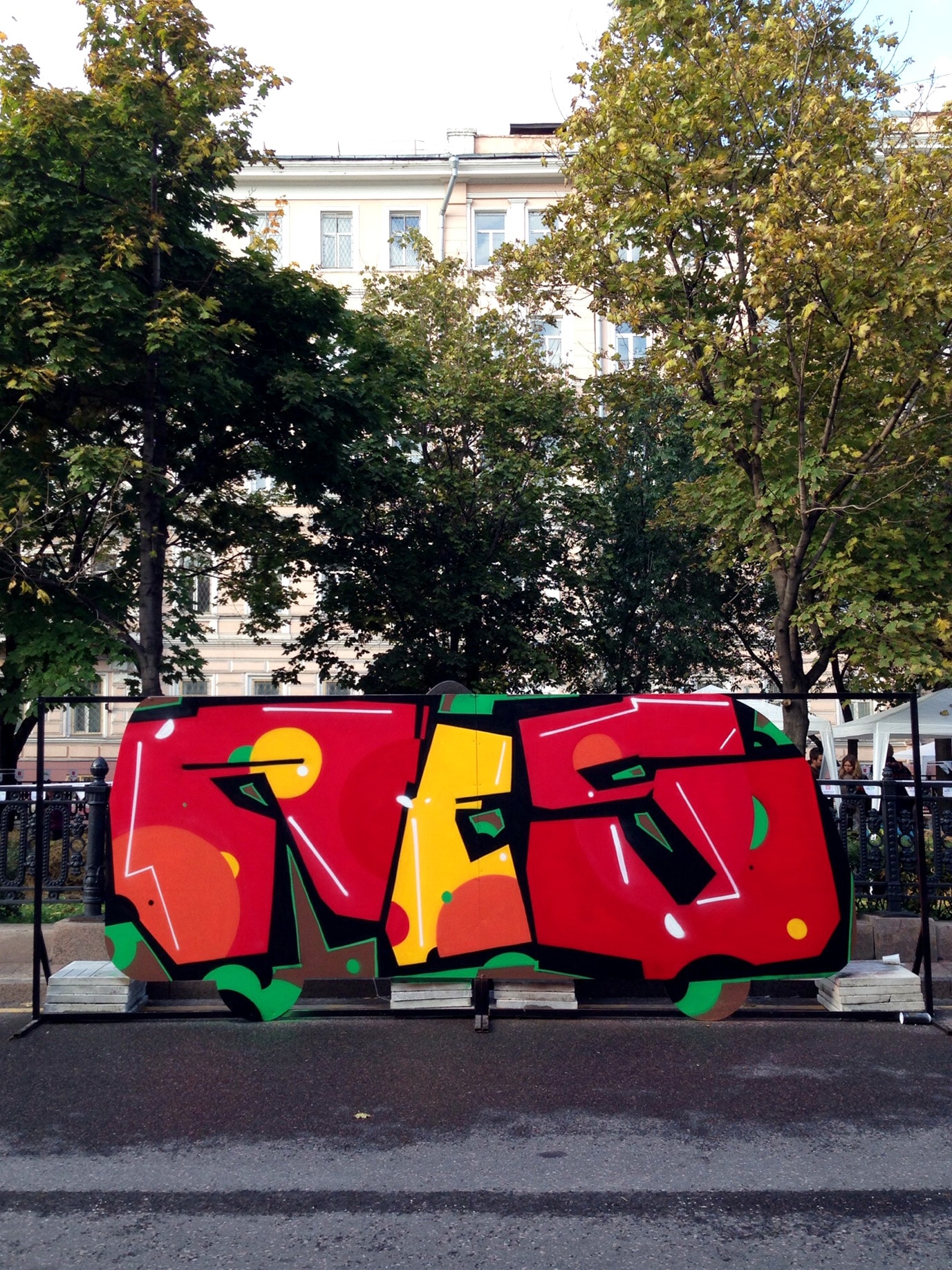
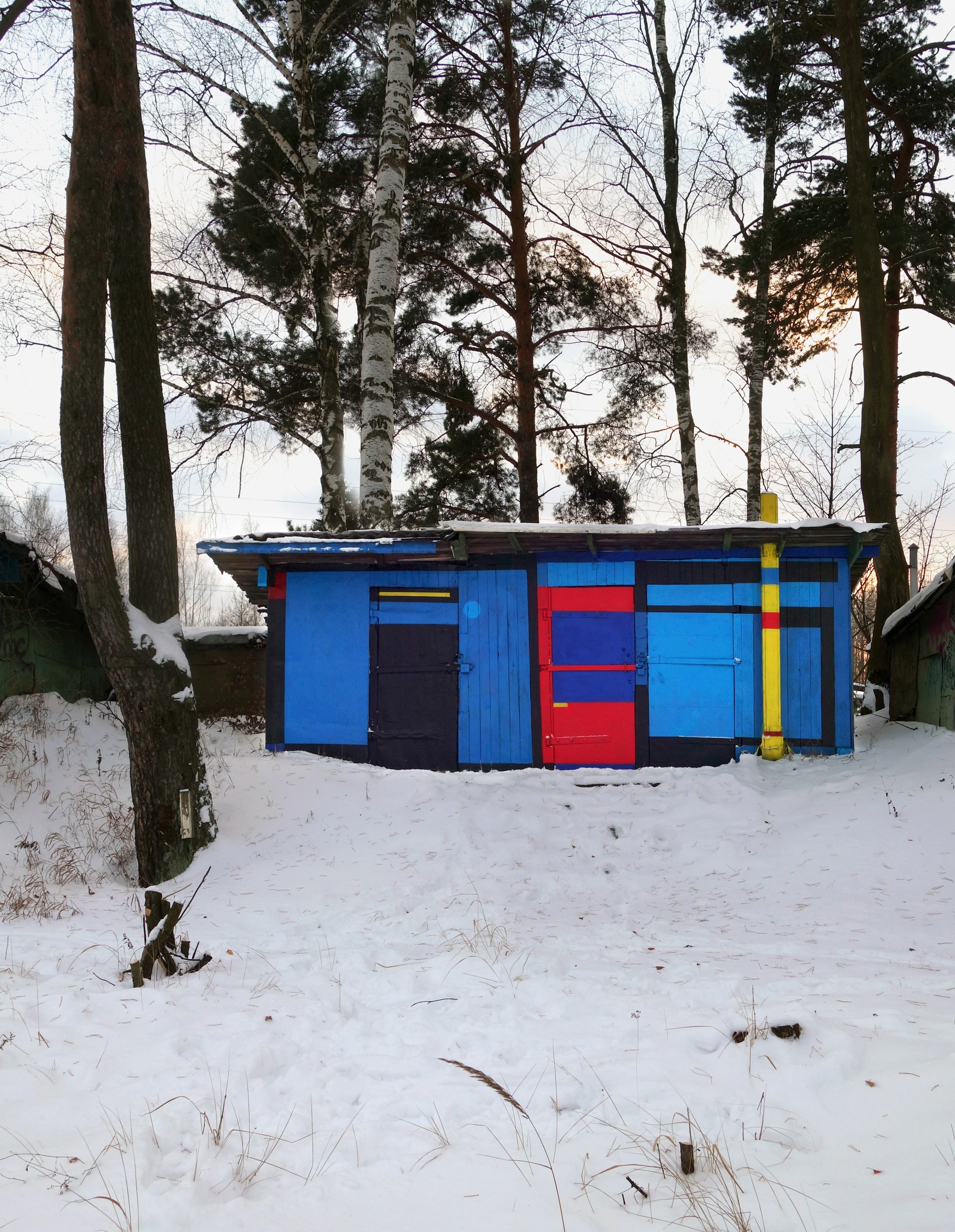
Detachment from reality and time
SLAKs style developed in nearly 20 years from angular wild style pieces, figuration inspired by video games aesthetics to a geometric futuristic style in 2009-2010 up to geometric abstraction with no legible letters anymore. Before leaving the lettering, SLAK worked on the Russian alphabet several times at different periods of creation to develop his singular style. He realized that it was much more complicated than the Latin alphabet, he calls the Cyrillic script a complete construction and a whole puzzle. Working with it gave him a lot of ideas and knowledge in the context of working with the form in general.
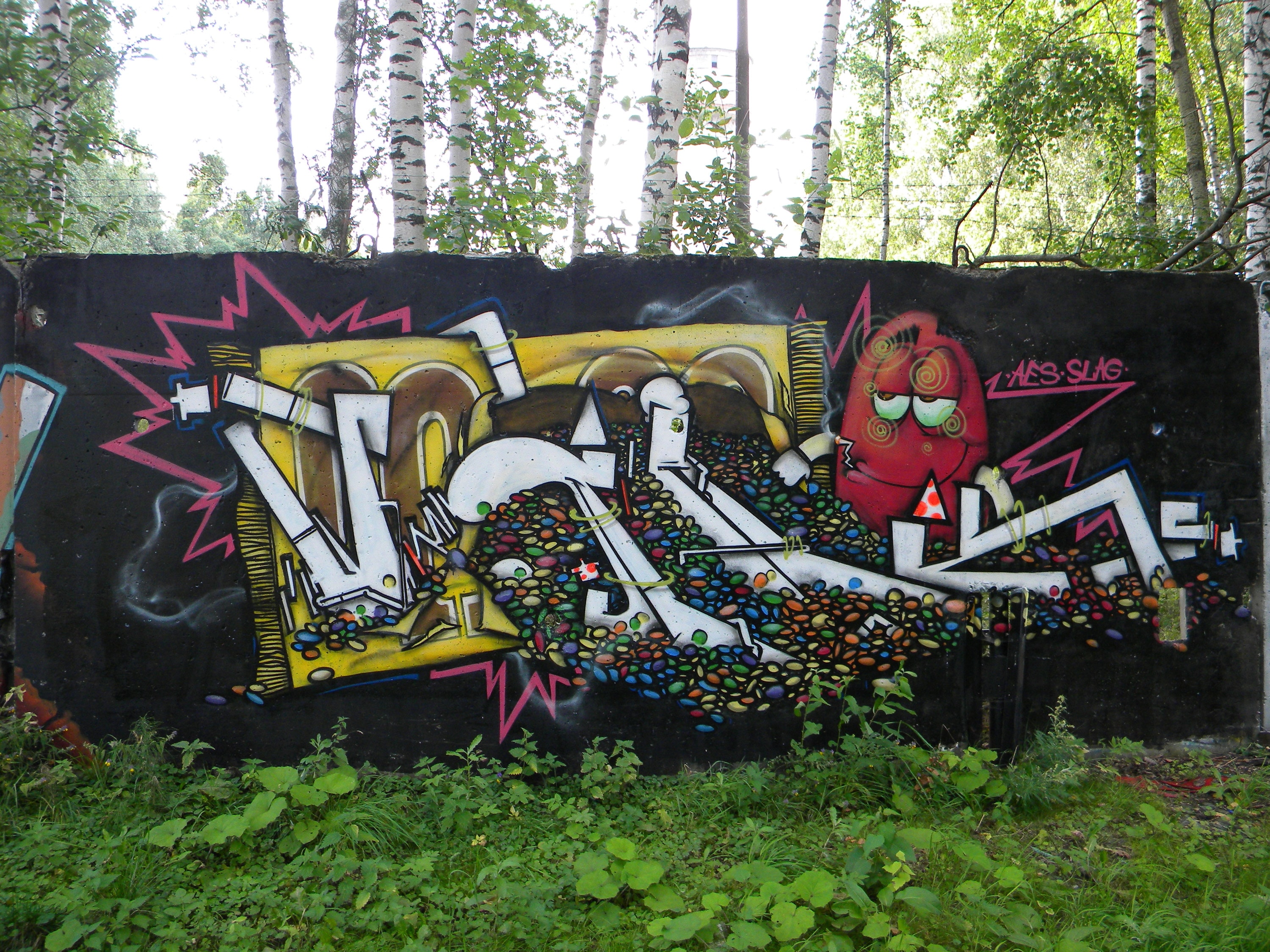
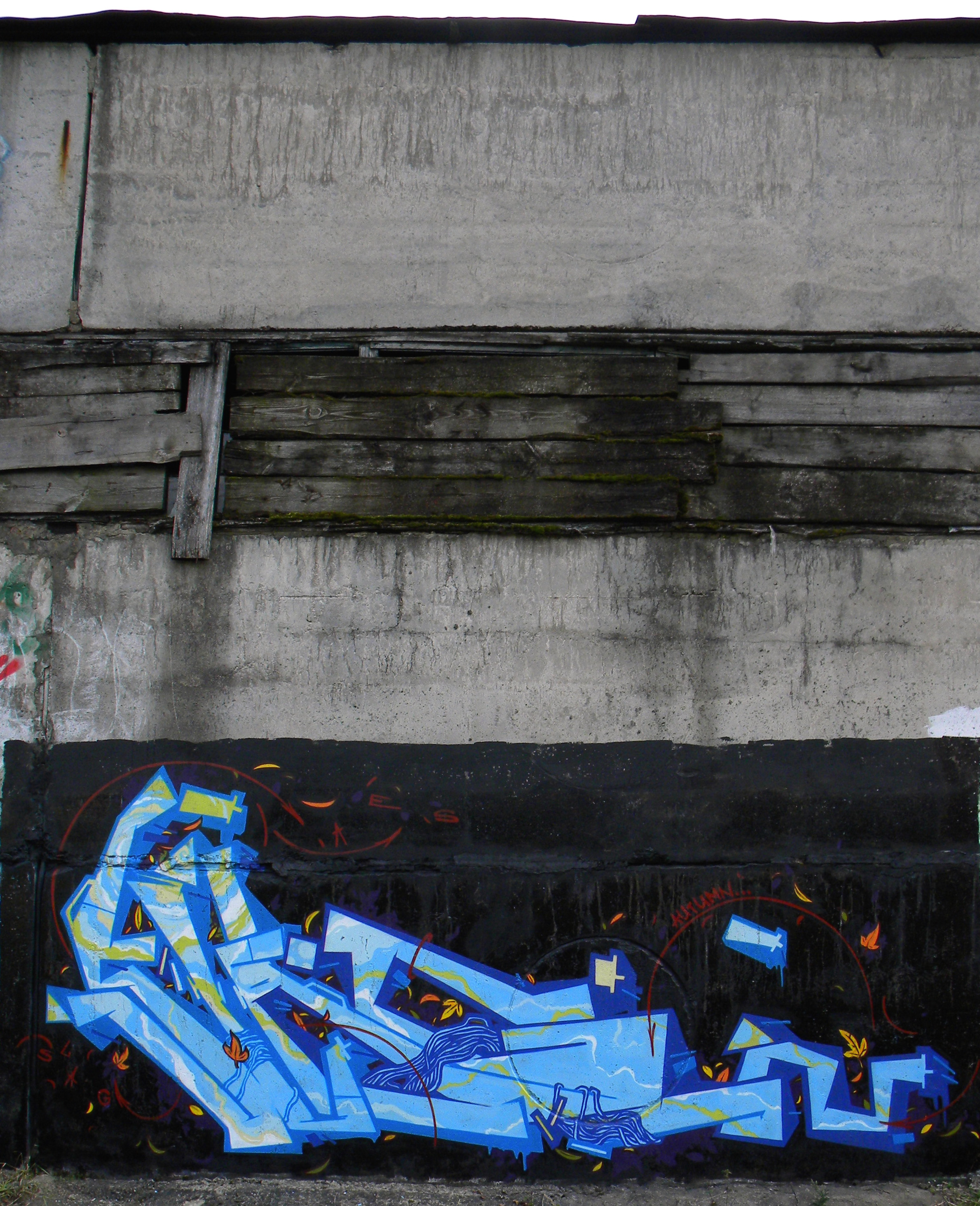
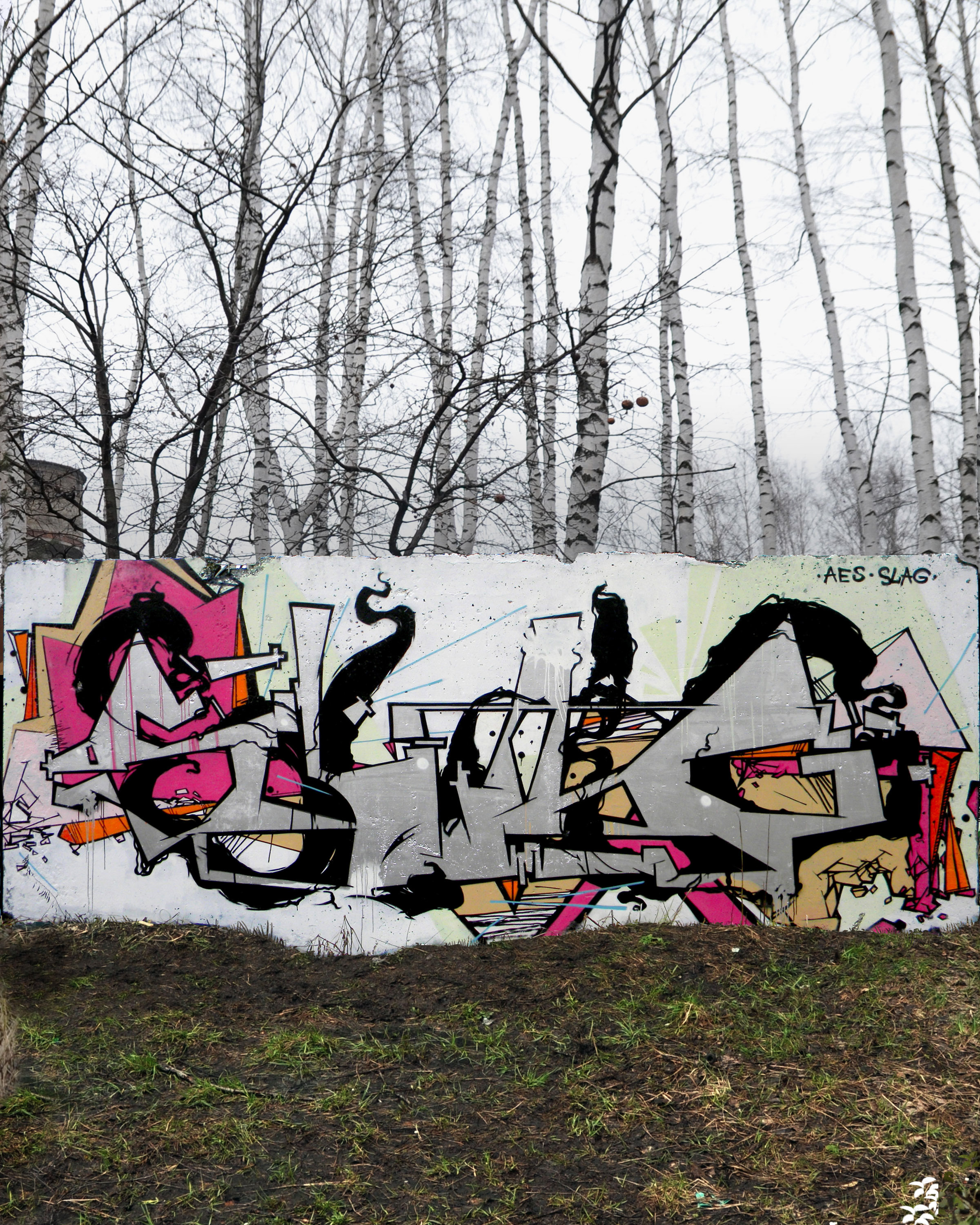
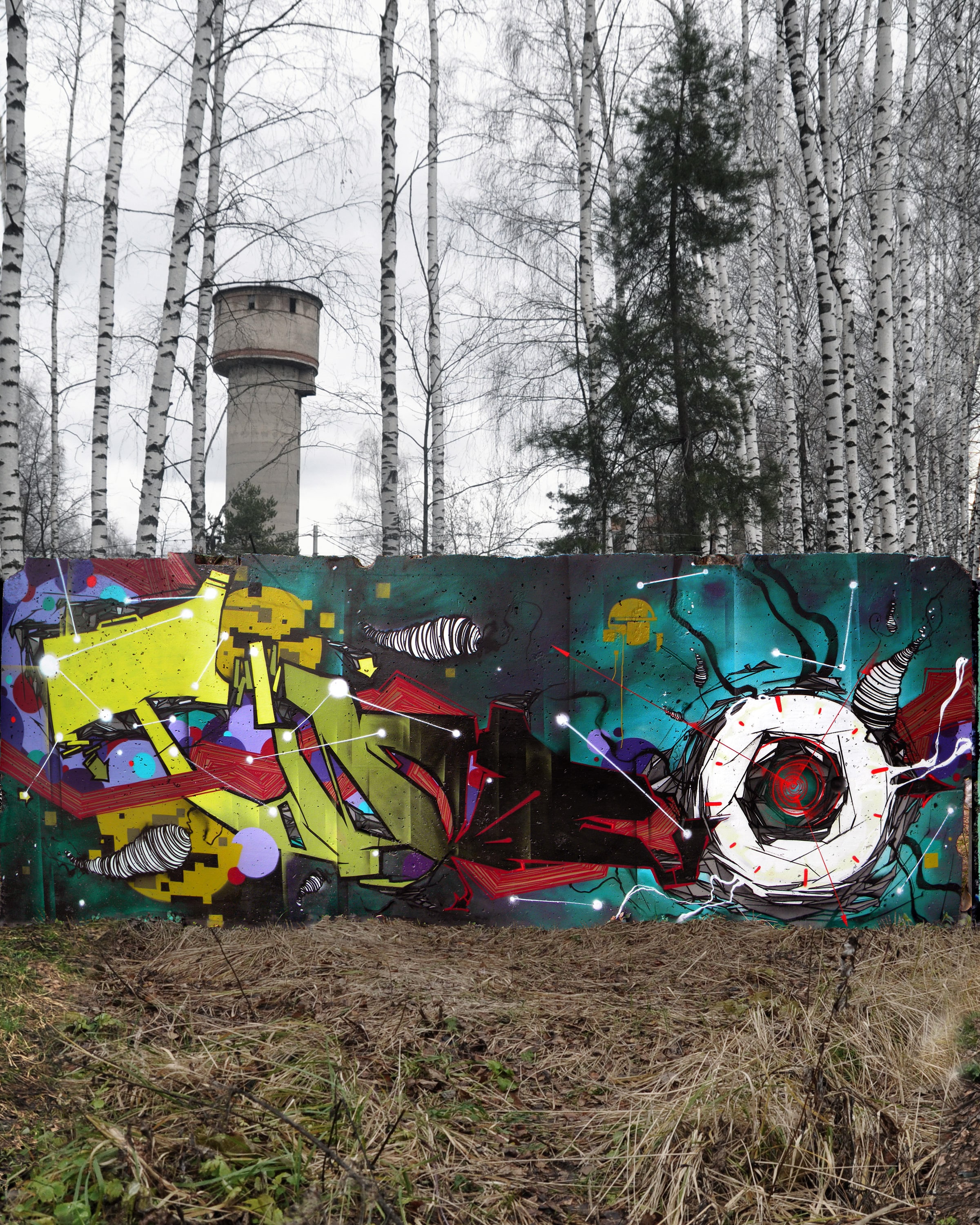
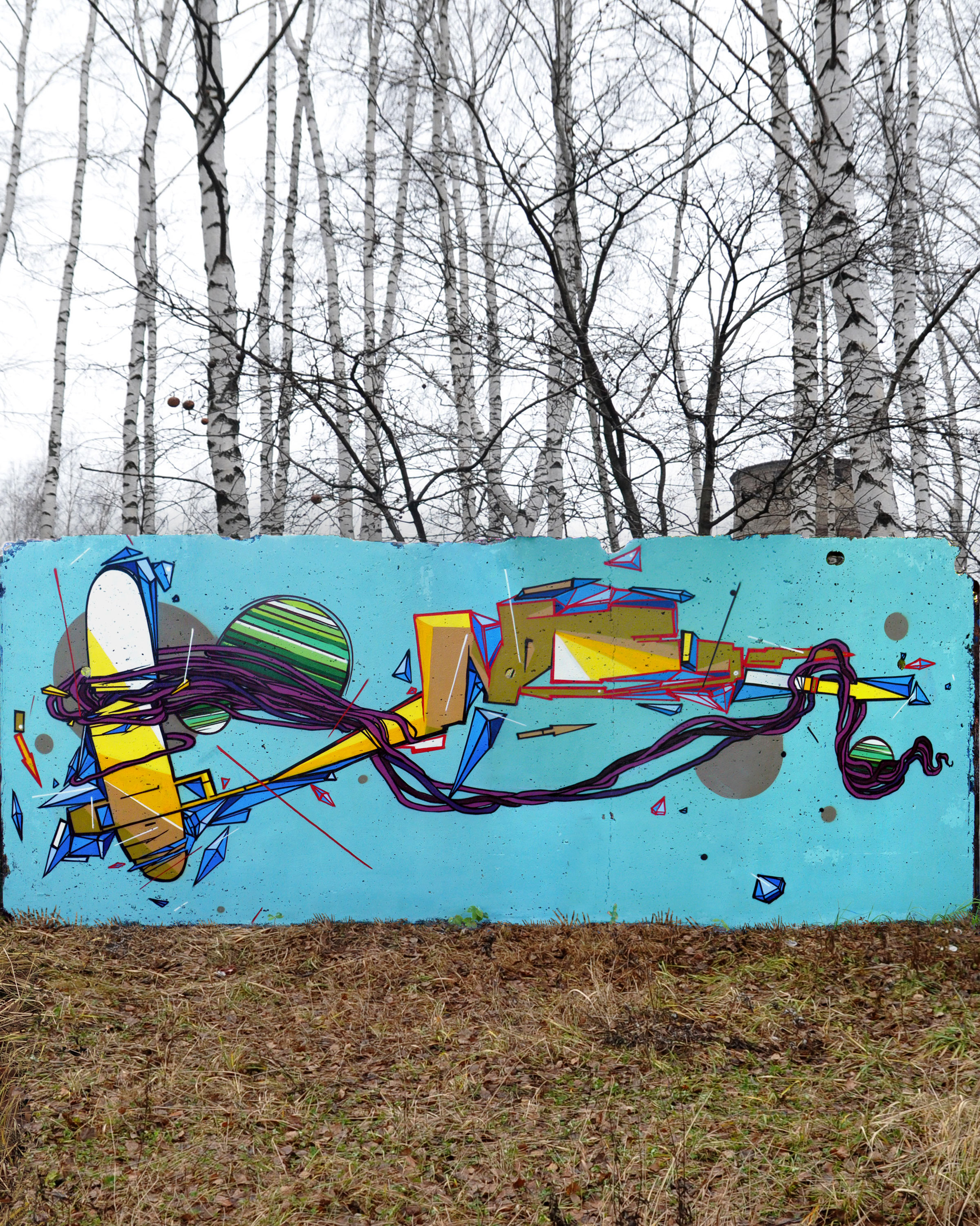
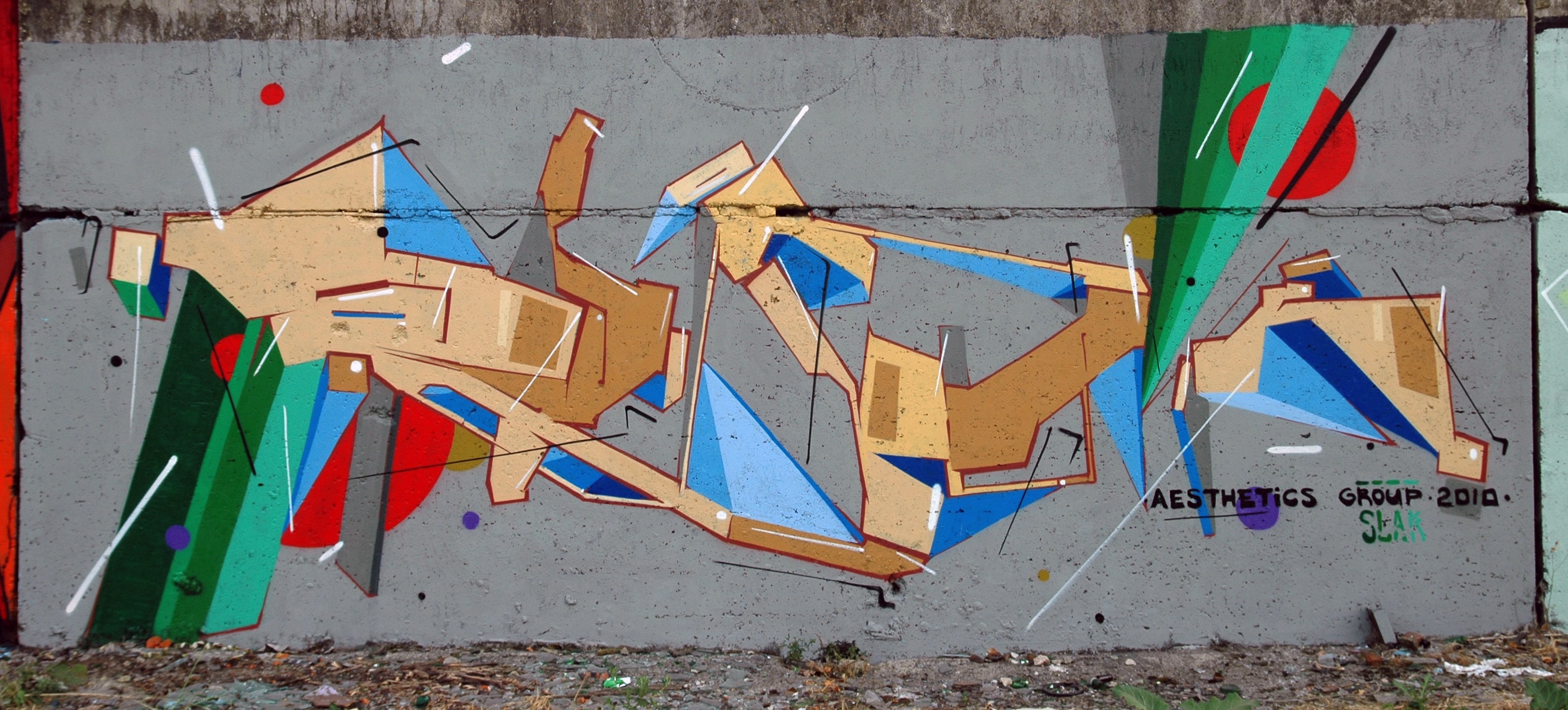
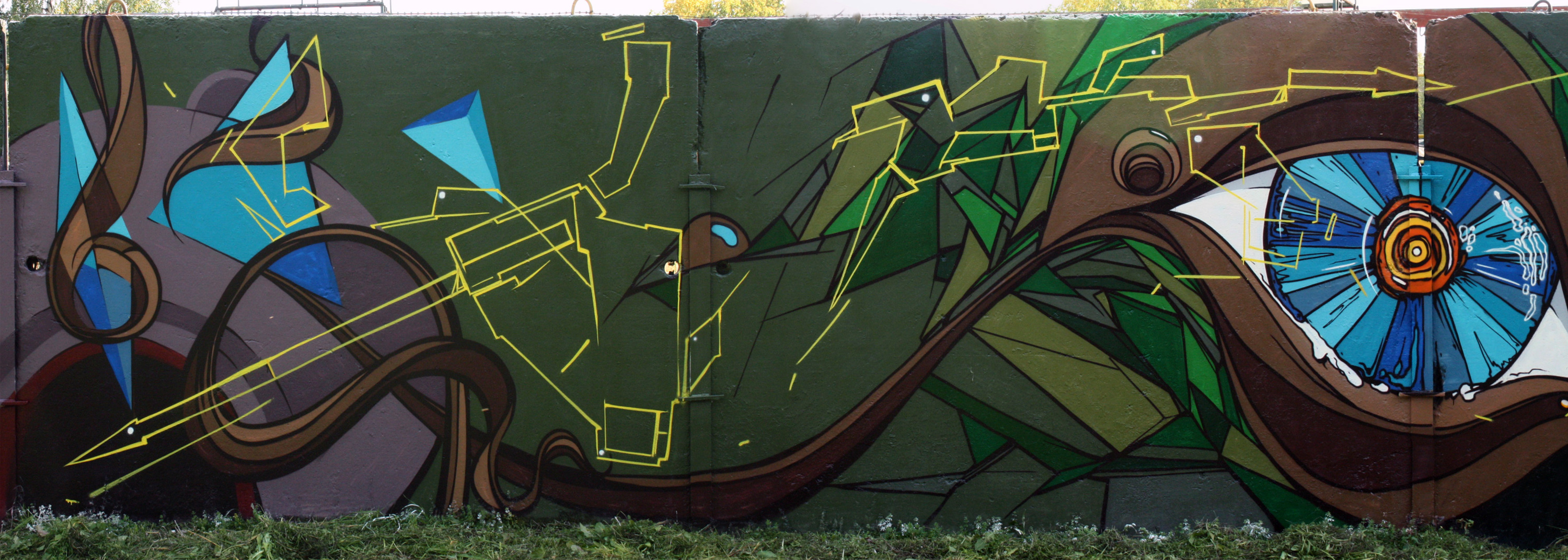
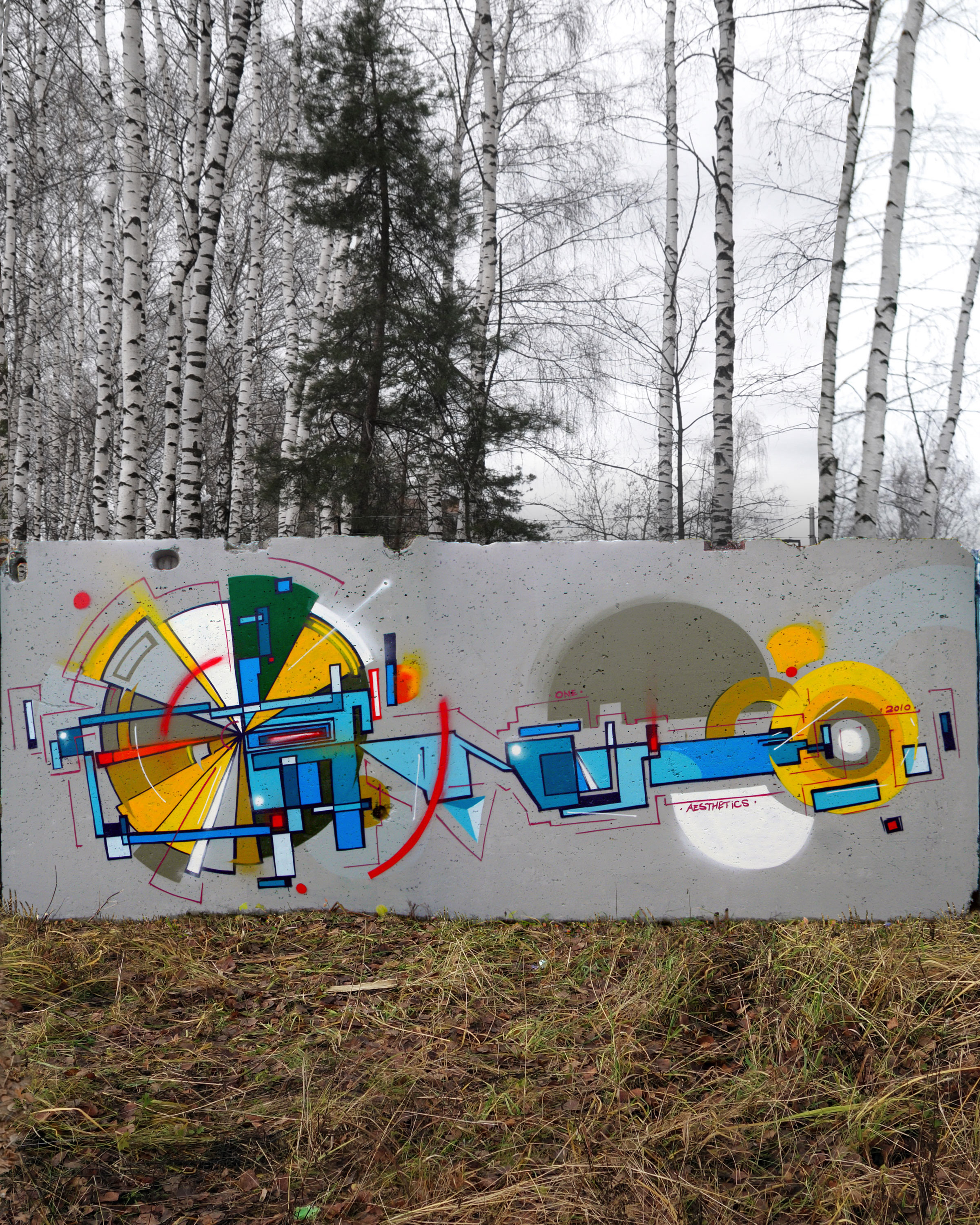
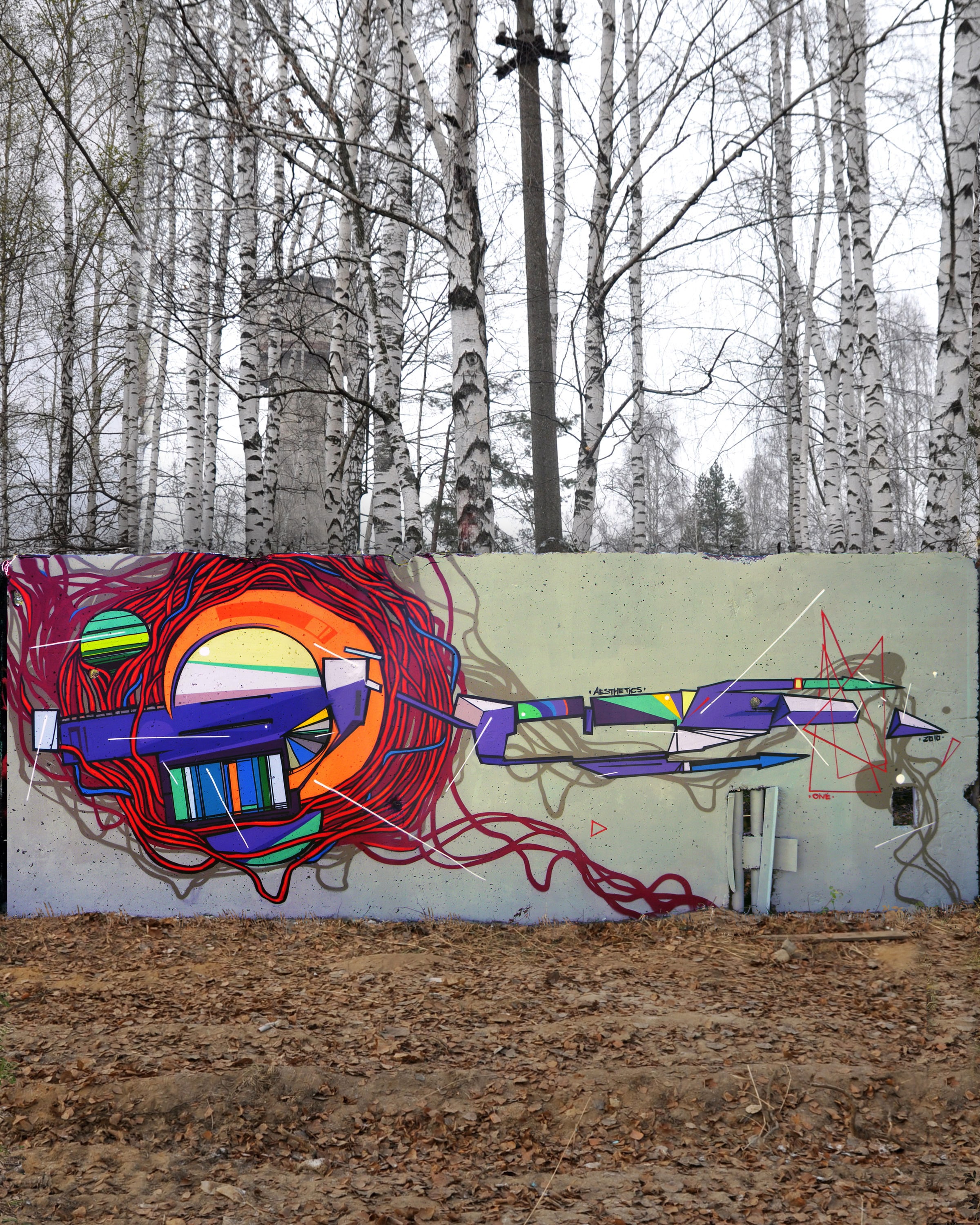
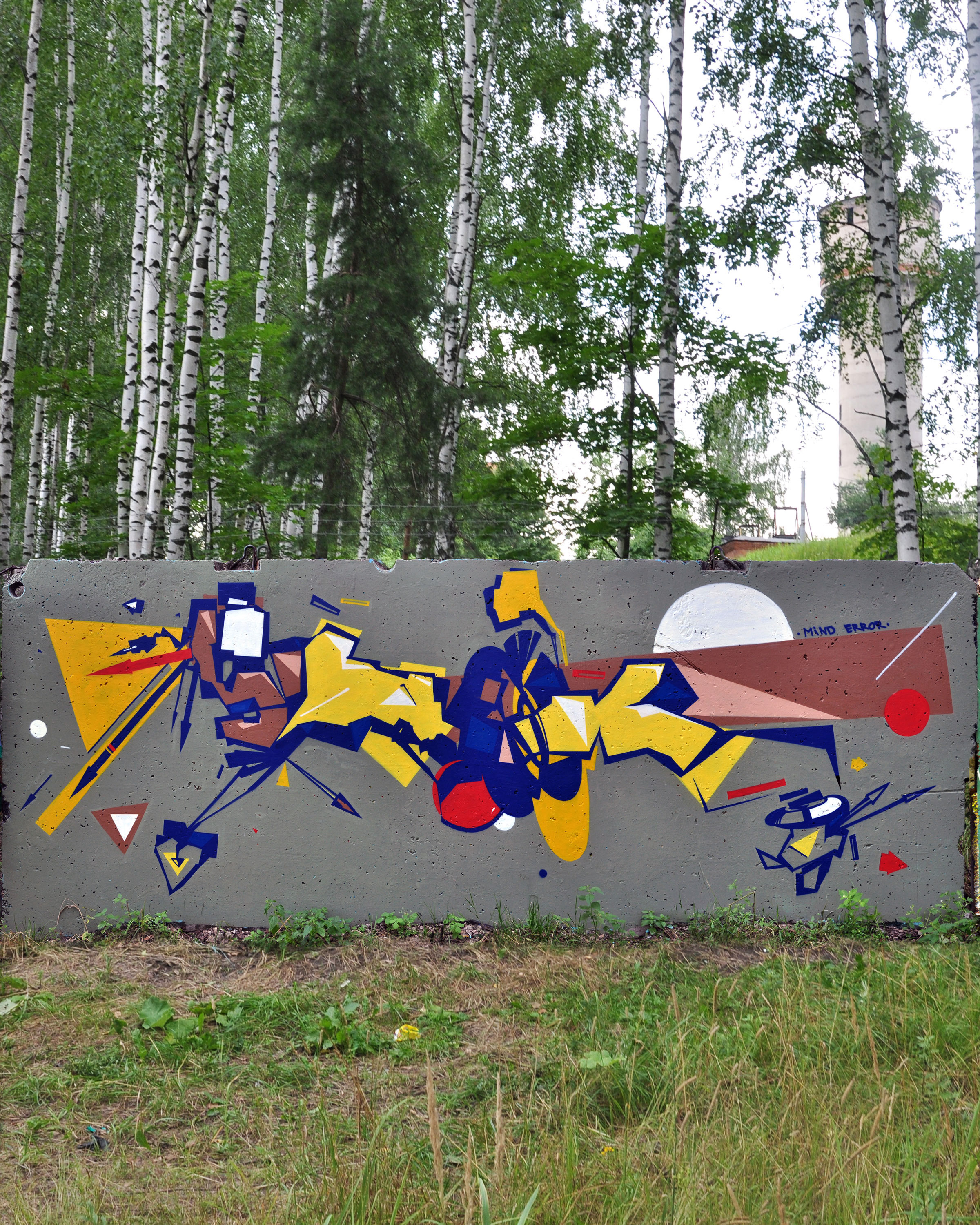
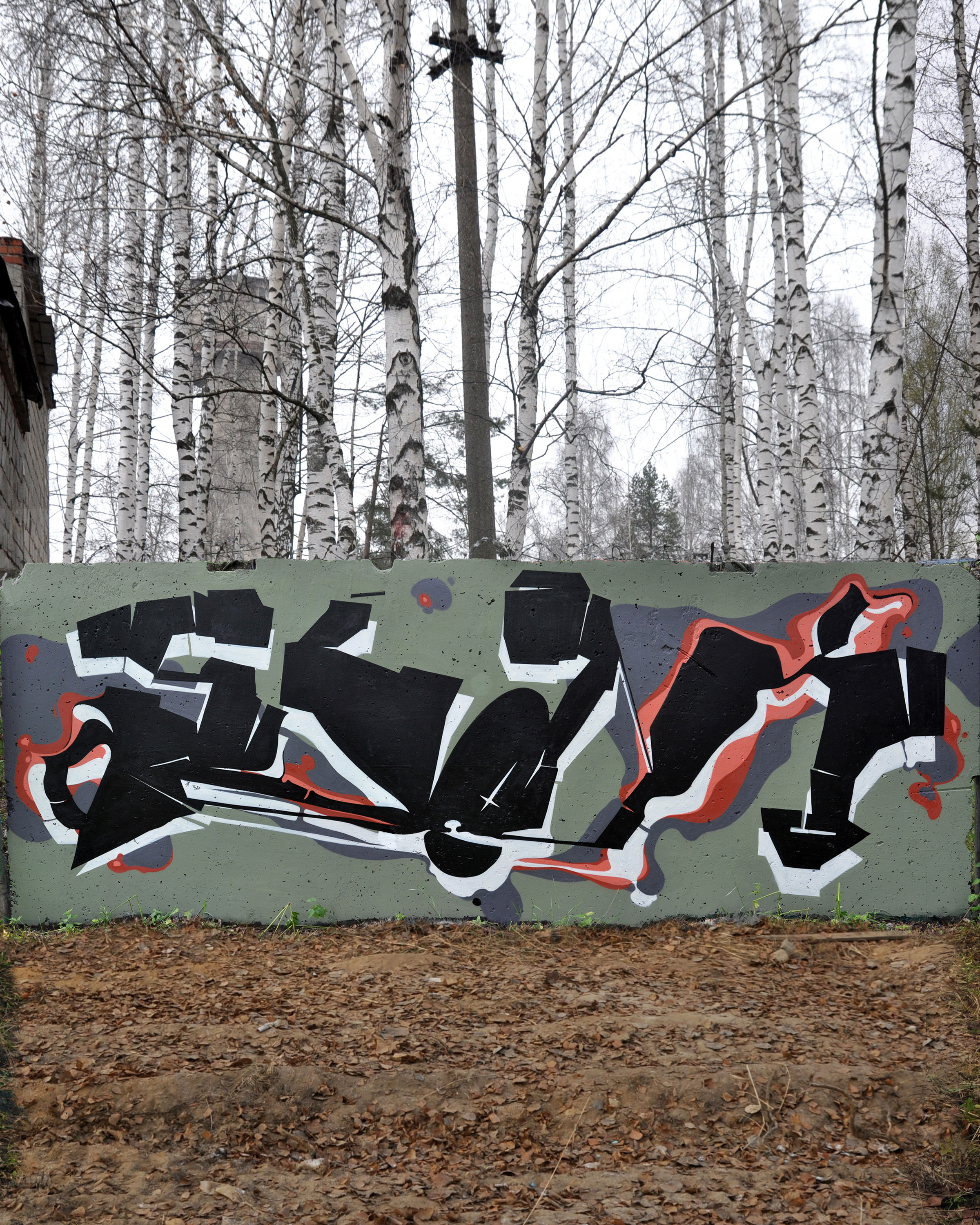
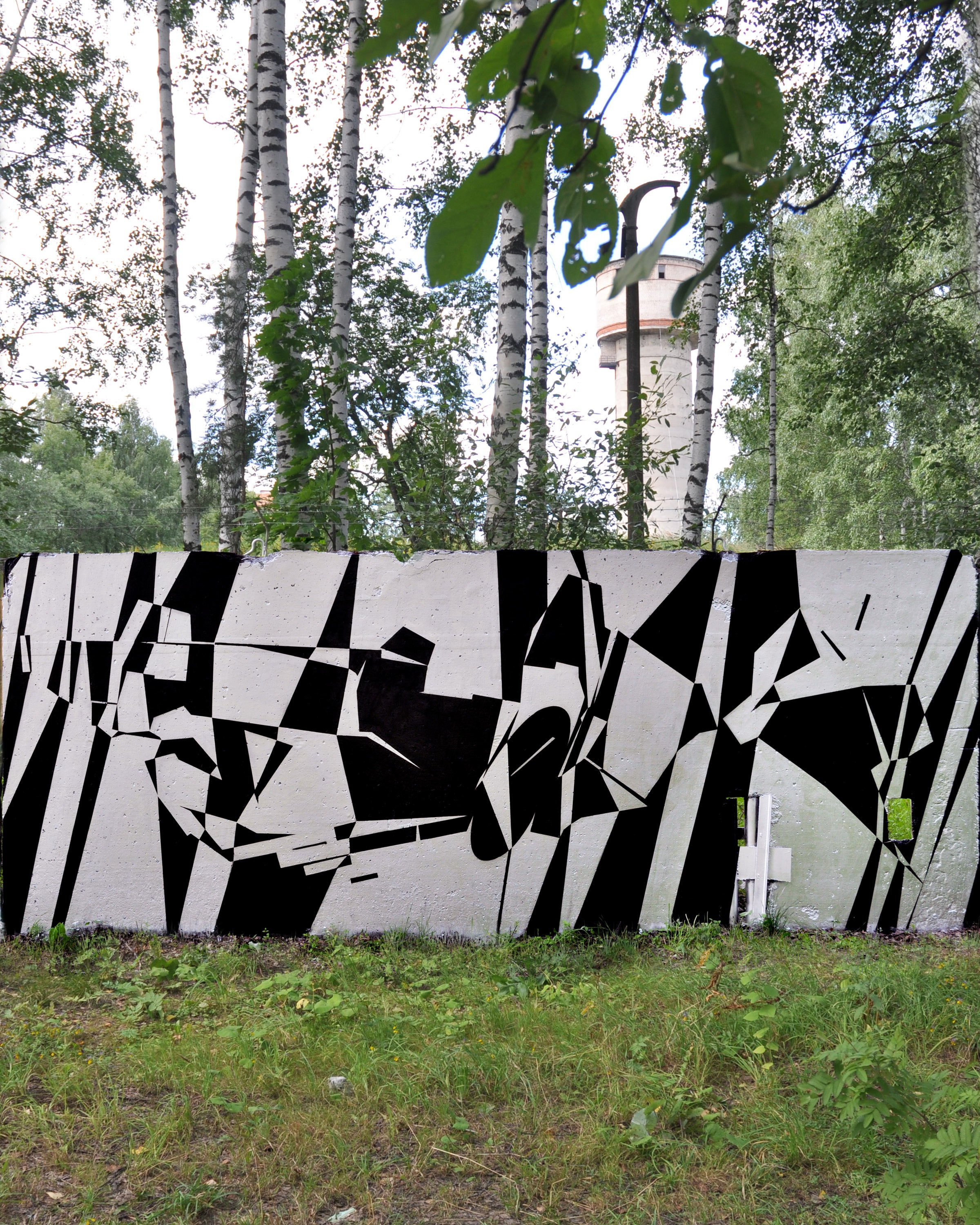
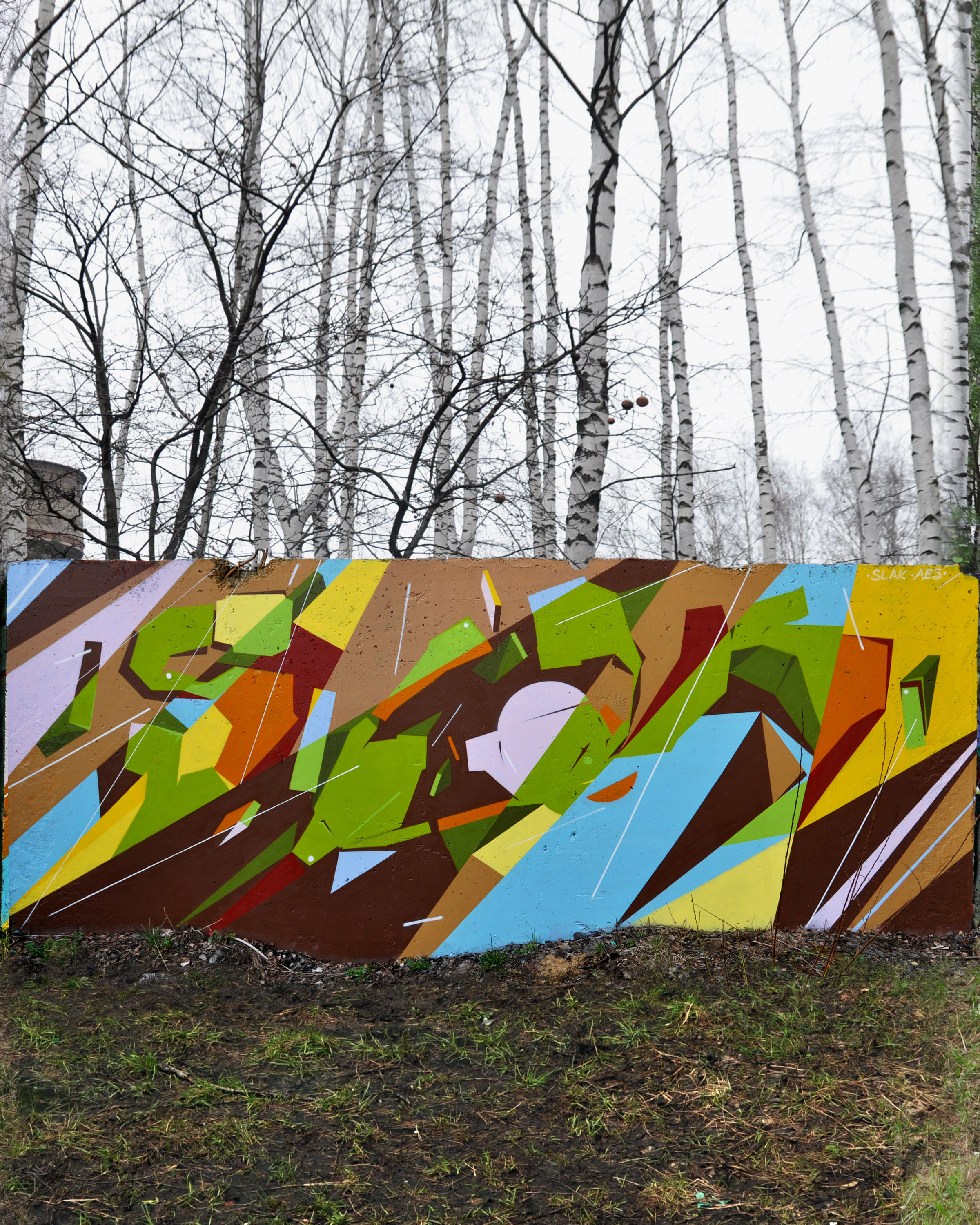
At that time of change into geometric abstraction, he graduated from college, worked as an engineer at a test site for rocket engines, and was responsible for the accuracy of the instruments. In this period he also attended many courses in graphic design, studied graphic editing, which opened up new horizons. SLAK began to take interest in art history and professional literature and was reading about the modern Russian avant-garde, about the work of Kandinsky, Malevich and more. He still admires the work of Malevich, Lissitzky, Tatlin, Rodchenko, Moholy-Nagy and other artists of that time. Constructivism is still a big source of inspiration aesthetically and theoretically, a form of expression of non-representational art, which does not abstract from the objective. SLAK read manifestos and refers to the painting “Black square” by Malevich, often called the zero point of painting, the basis or the maximally reduced starting point of everything else. It was created at a time when Russia, like European culture as a whole, was at a turning point, at a time when in many large cities such as Berlin, Vienna or St. Petersburg fundamental new questions were being asked about society, religion and art. Questions that set the starting point of modernity. In SLAKs eyes, the painting “Black square” is like Jesus in Christianity or zero in mathematics, before and after him. He also likes the concept of Suprematism founded by Malevich because, unlike the predecessors, he tried to create works that were timeless, expressing the pictorial essence by means of geometric forms.
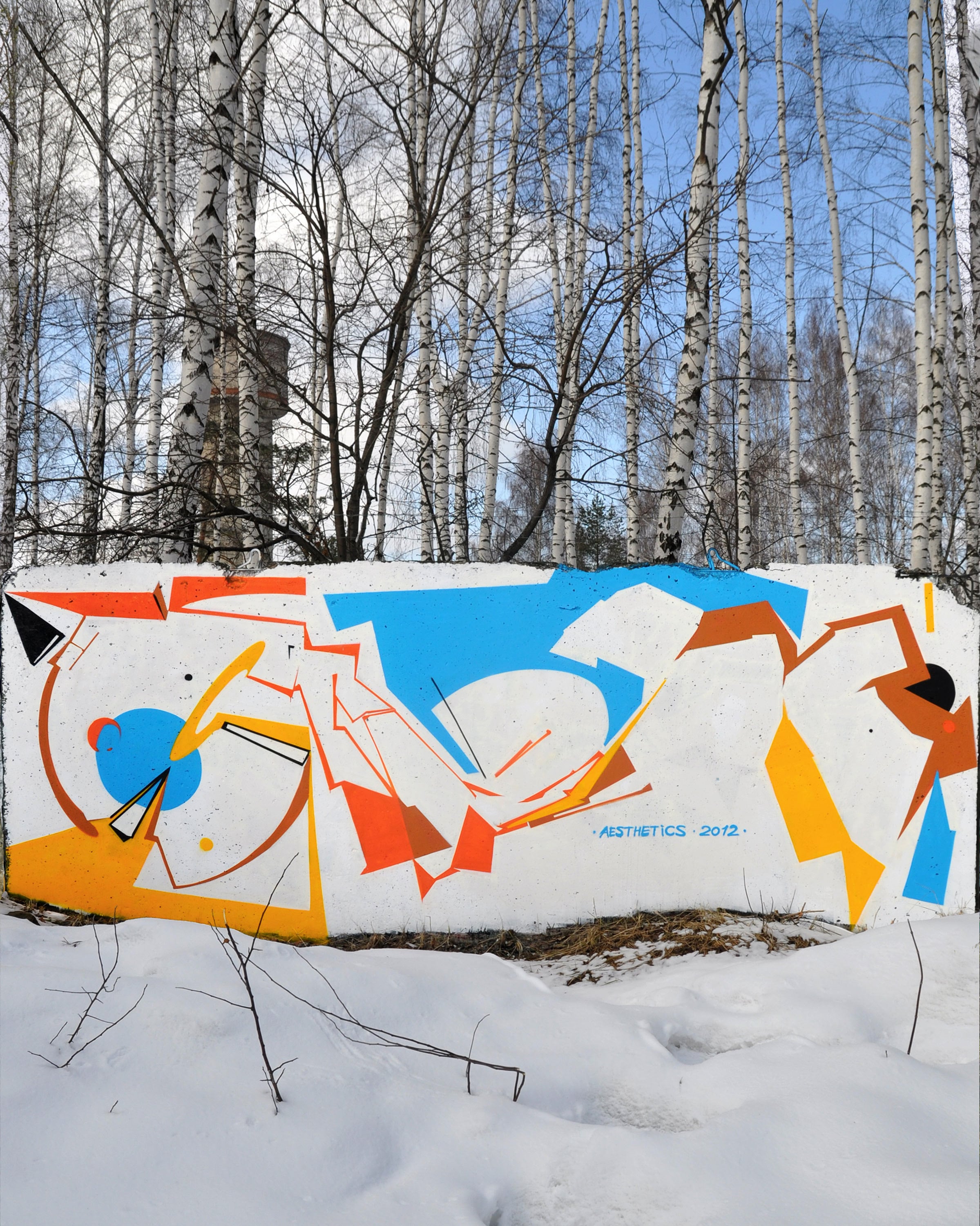
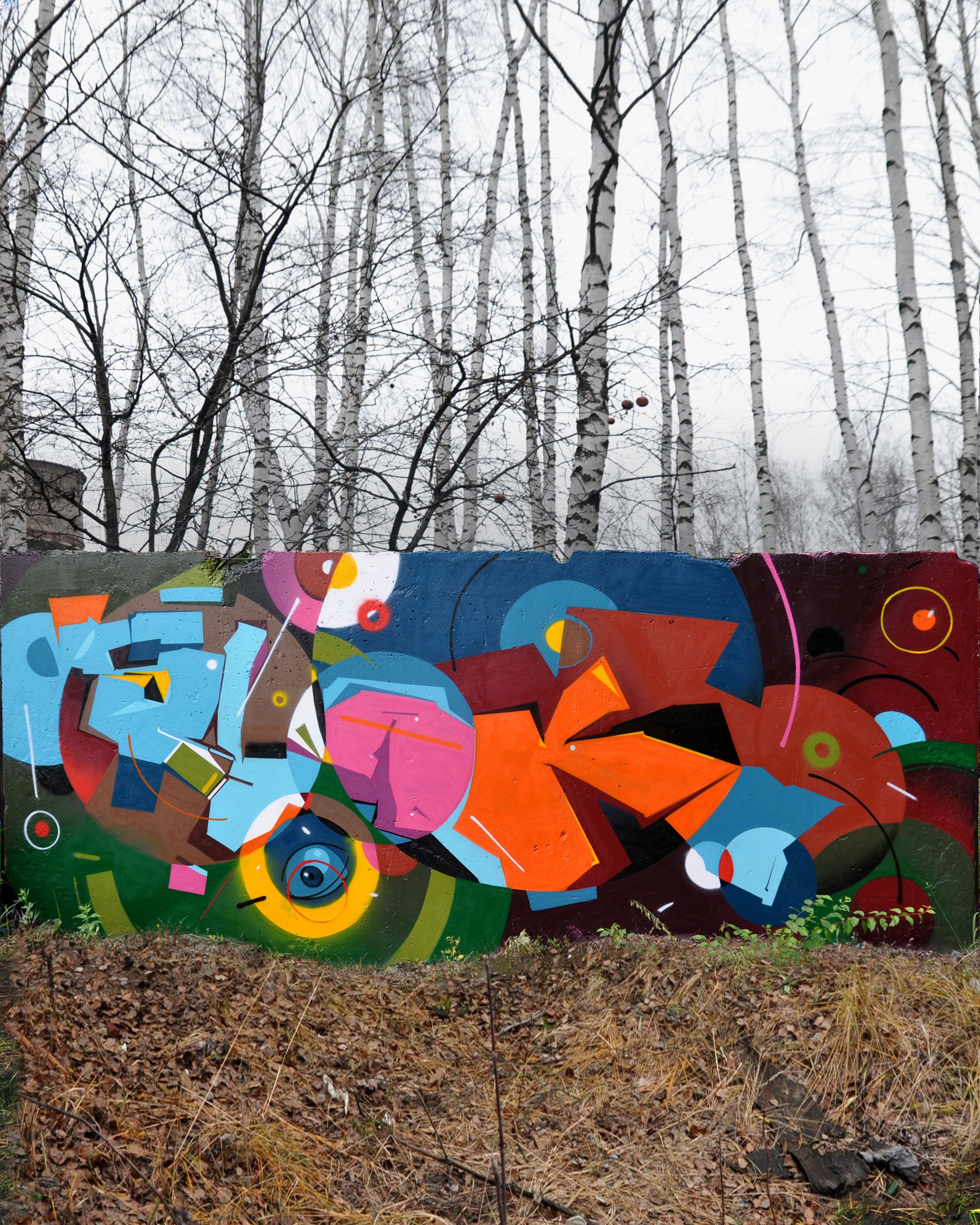
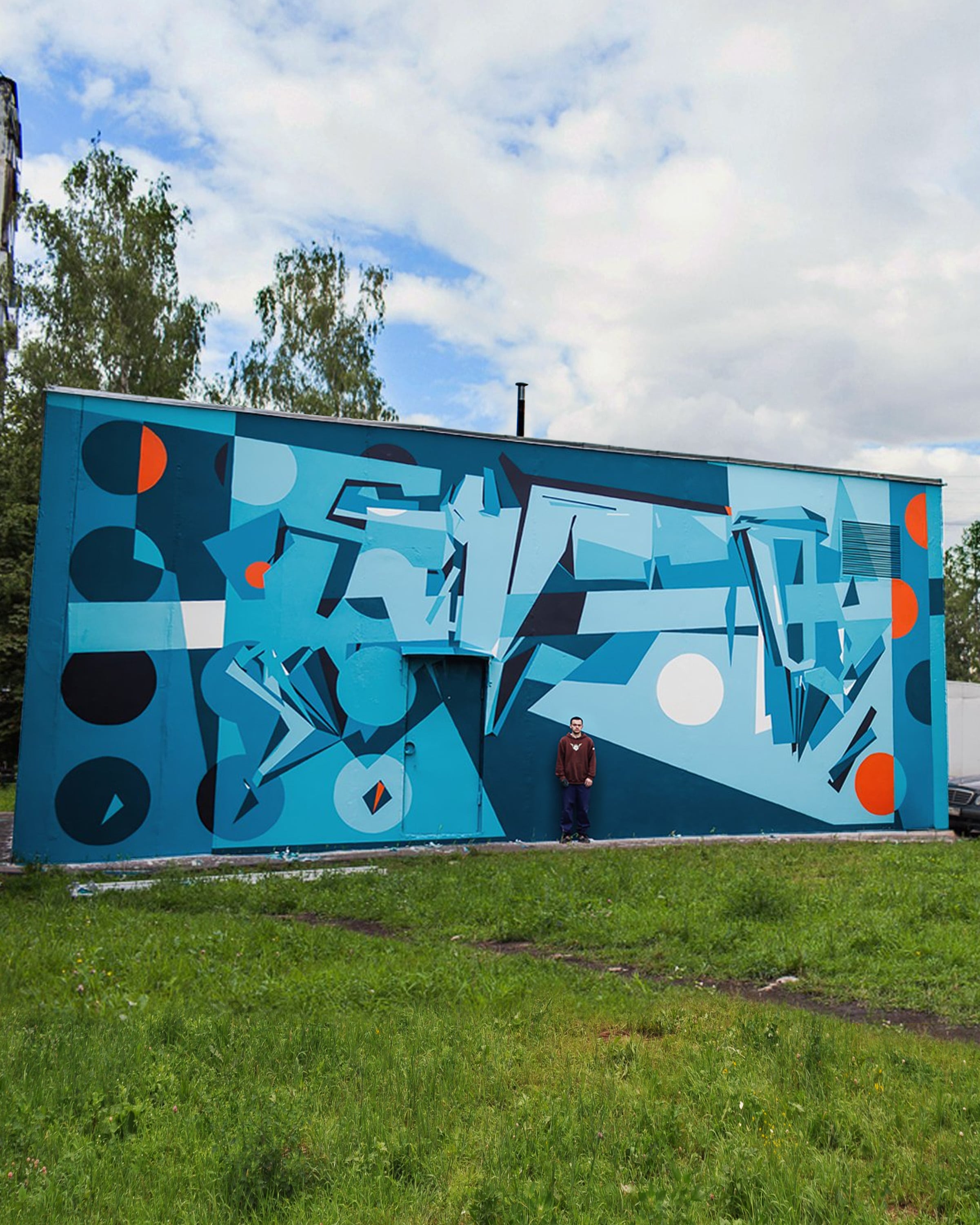
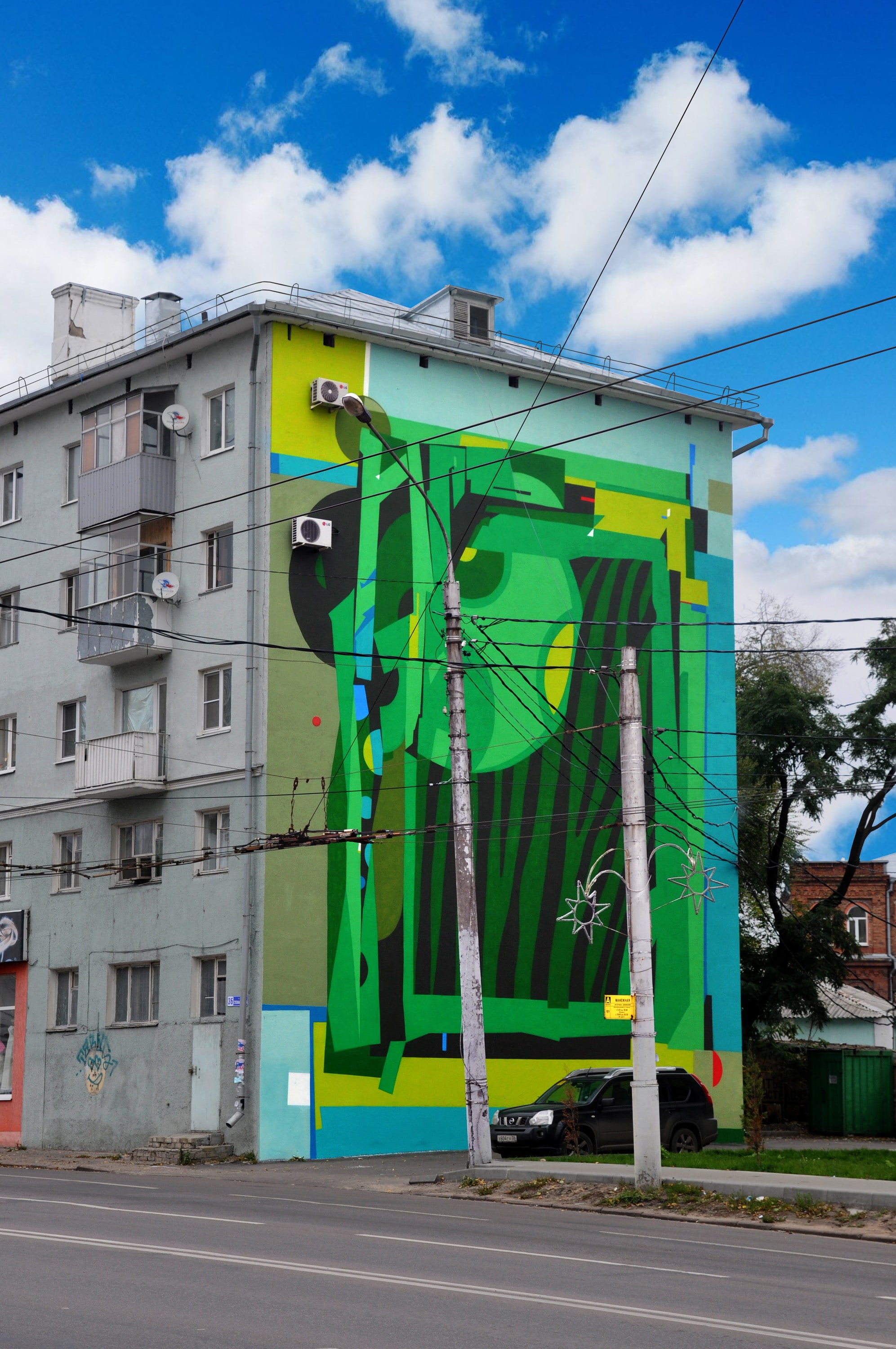

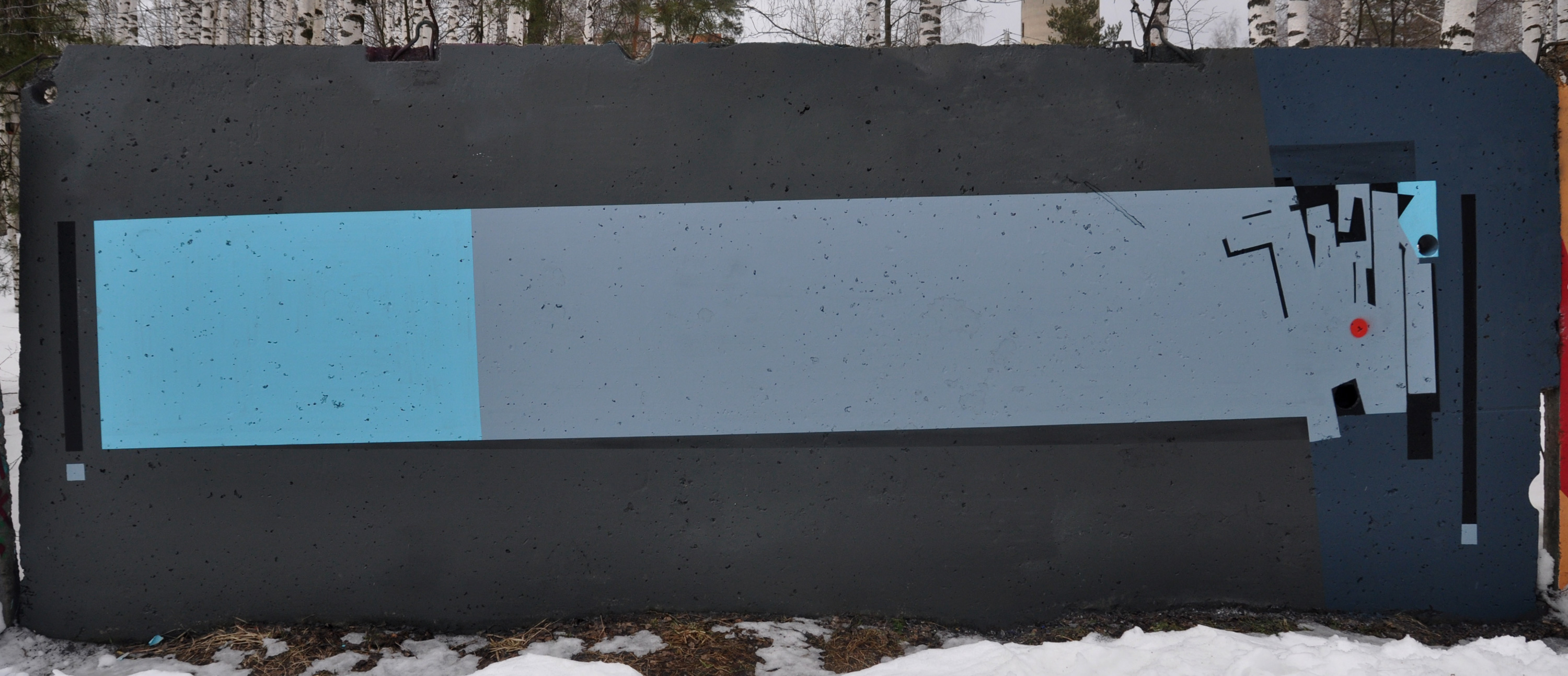
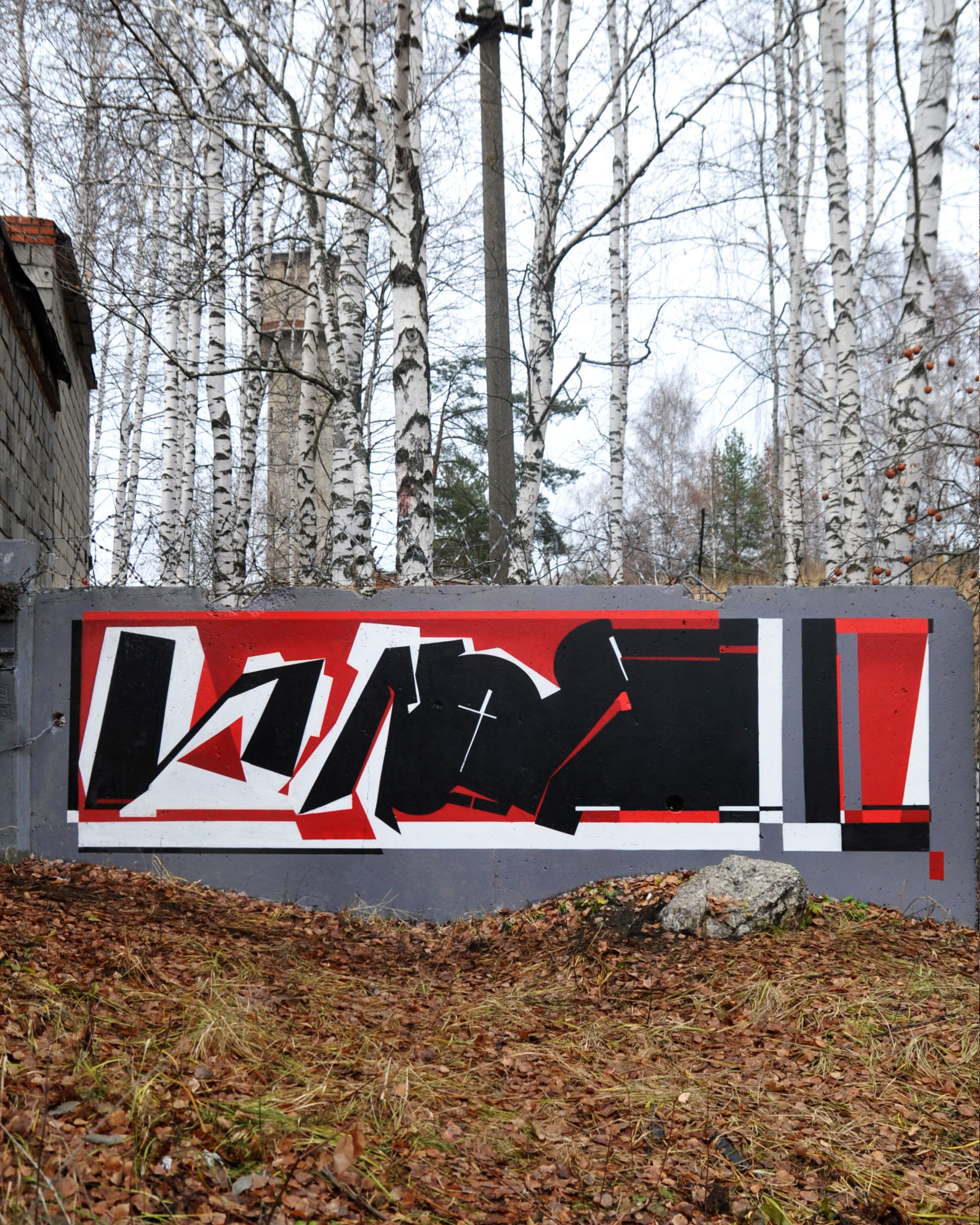
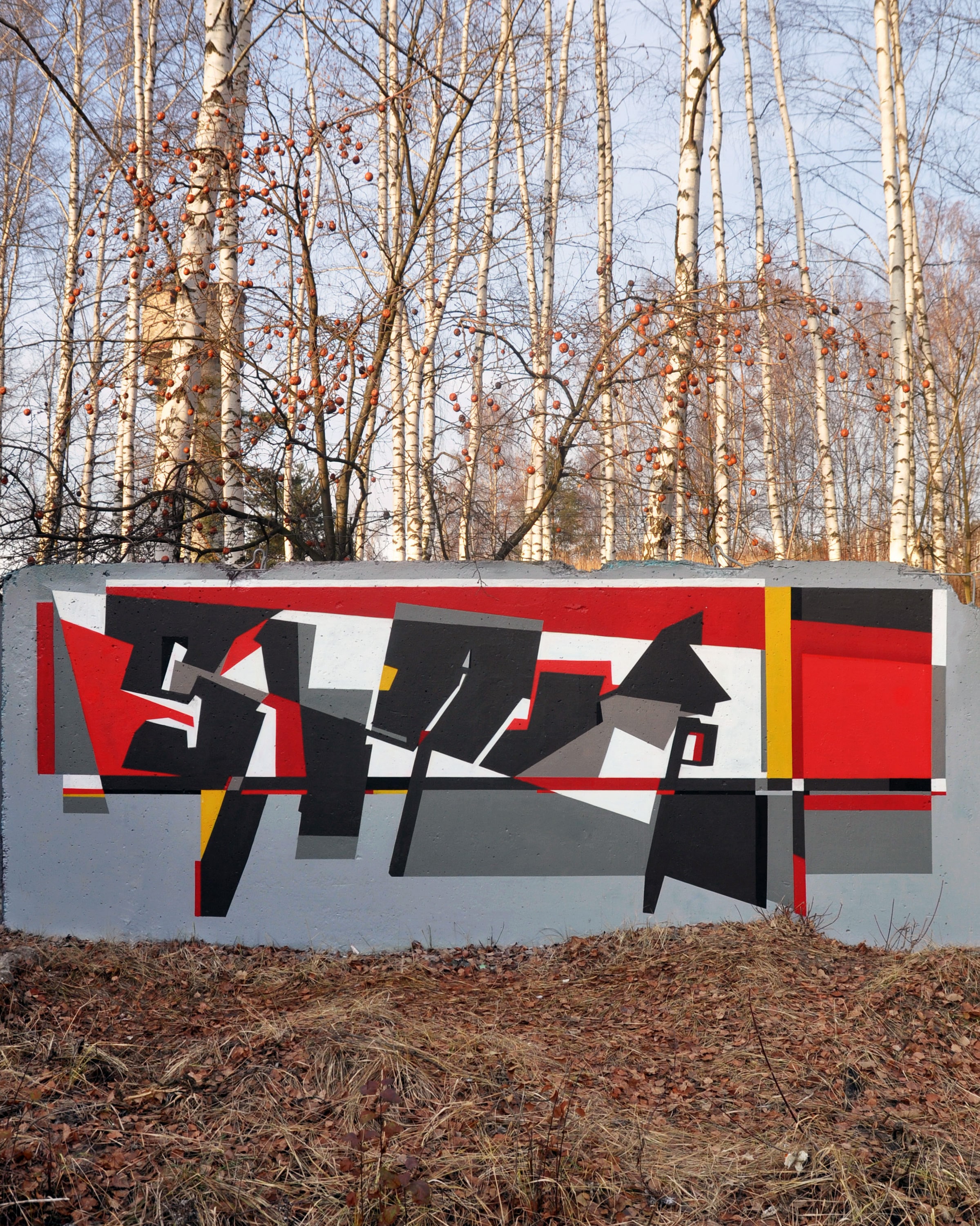
Around 2012, one day during a bicycle ride, SLAK remembers this moment where he realized that his semi-abstract typefaces did not work fully as compositions because the very shape of the letters – under any circumstances – dictates their own rigid rules. He wanted to try drawing and painting without restrictions at all. The first attempts with pure geometry were in 2013, and it turned out, to be even more complicated than with lettering, according to the artist. SLAK is since then always trying to keep his art work in a kind of vacuum, in detachment from reality and time. Inspired by visual languages of the past, he incorporates beautifully those inspirations for his graffiti pieces in the presence.
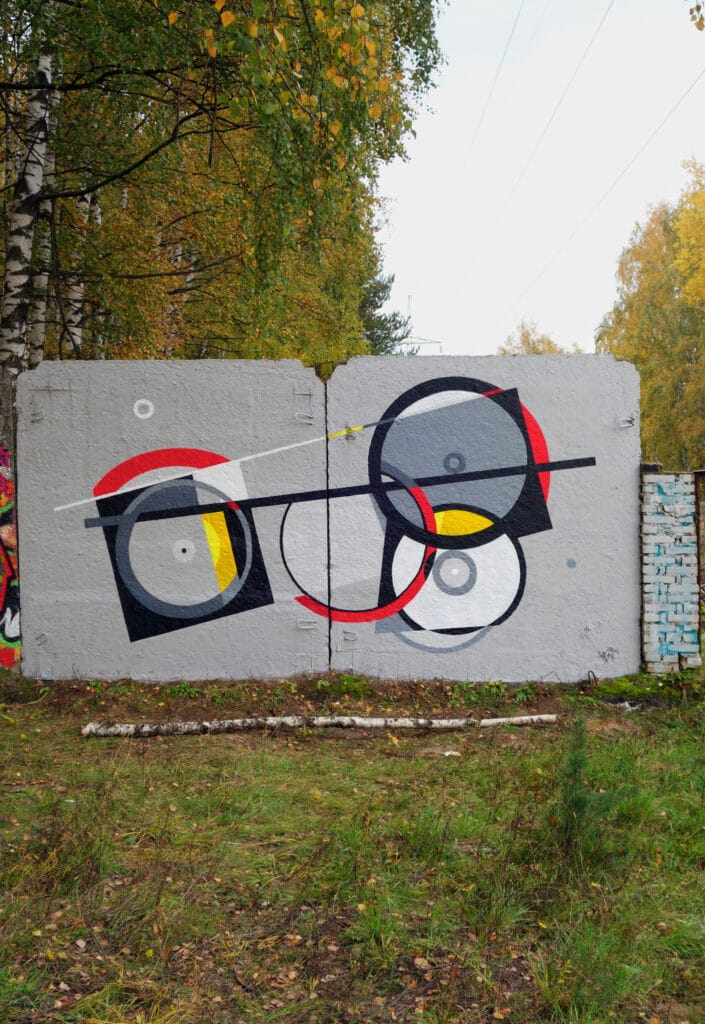
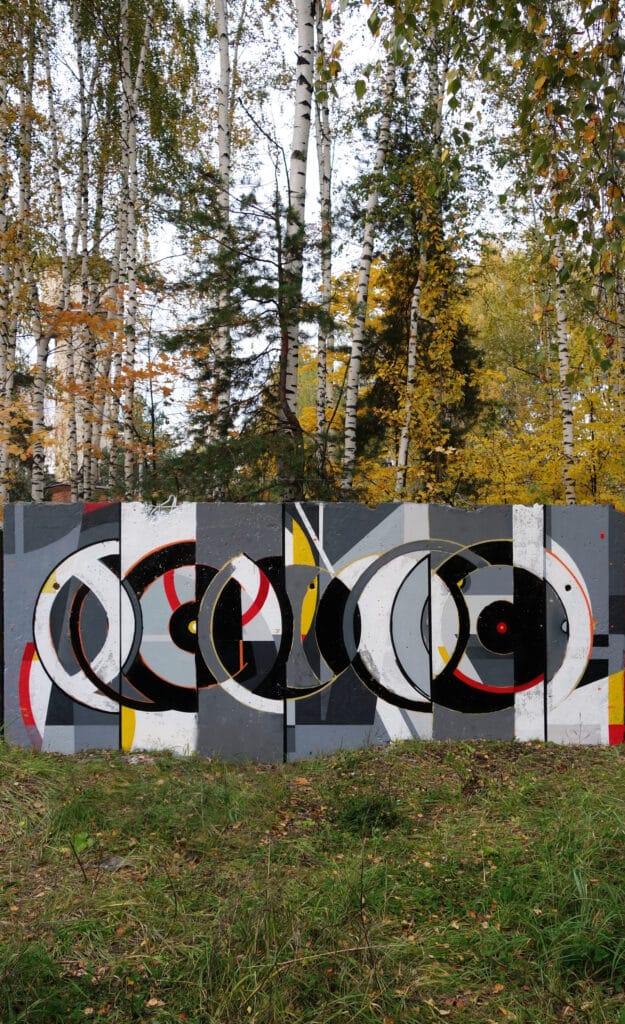
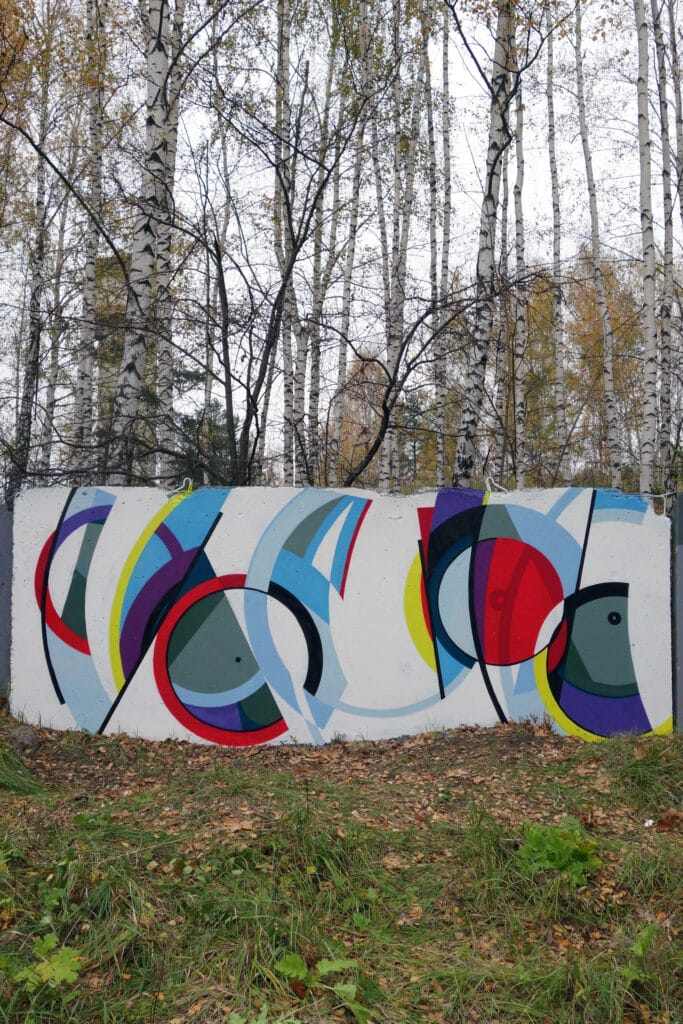
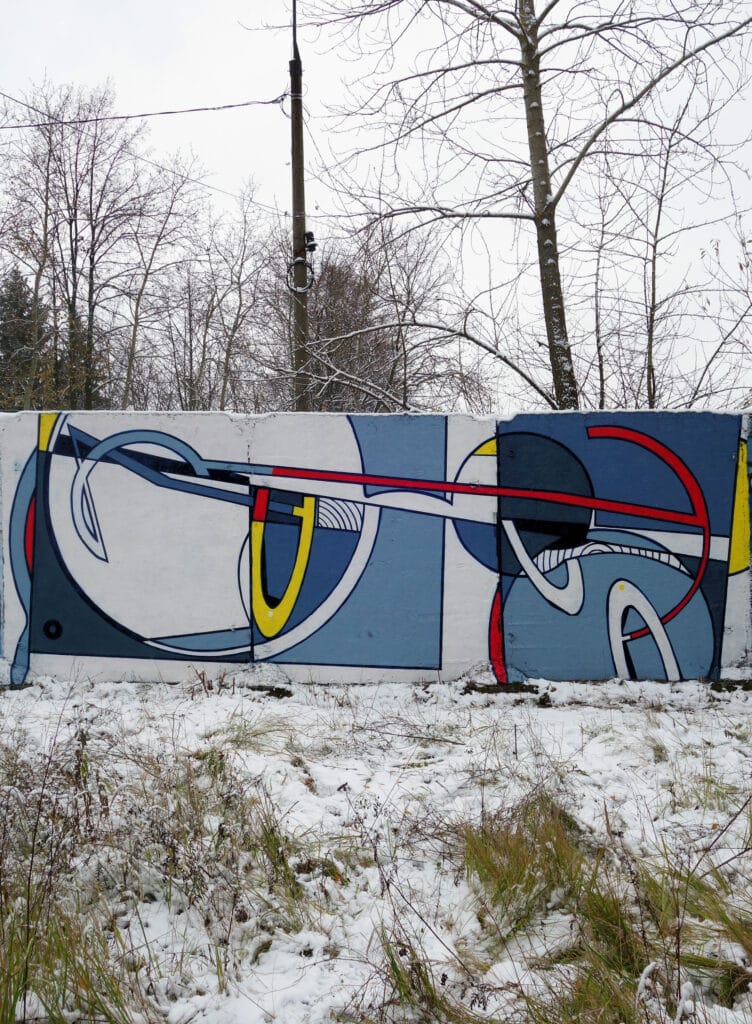
When he paints on the street, he adapts his compositions to the space, purely from a visual point of view. His compositions are graphic, precise and deliberated, mostly based on geometry and have no plot or message. According to SLAK his works are the fixation of his internal conditions and experiences at the moment of creation. He says: “The human being is a very difficult device and feelings we experience are much more difficult than we can describe literary, sometimes it is cheerful and sad at the same time for example, or melancholy with euphoria in the same unit of time. These are the subtle borderline states I am trying to capture.”
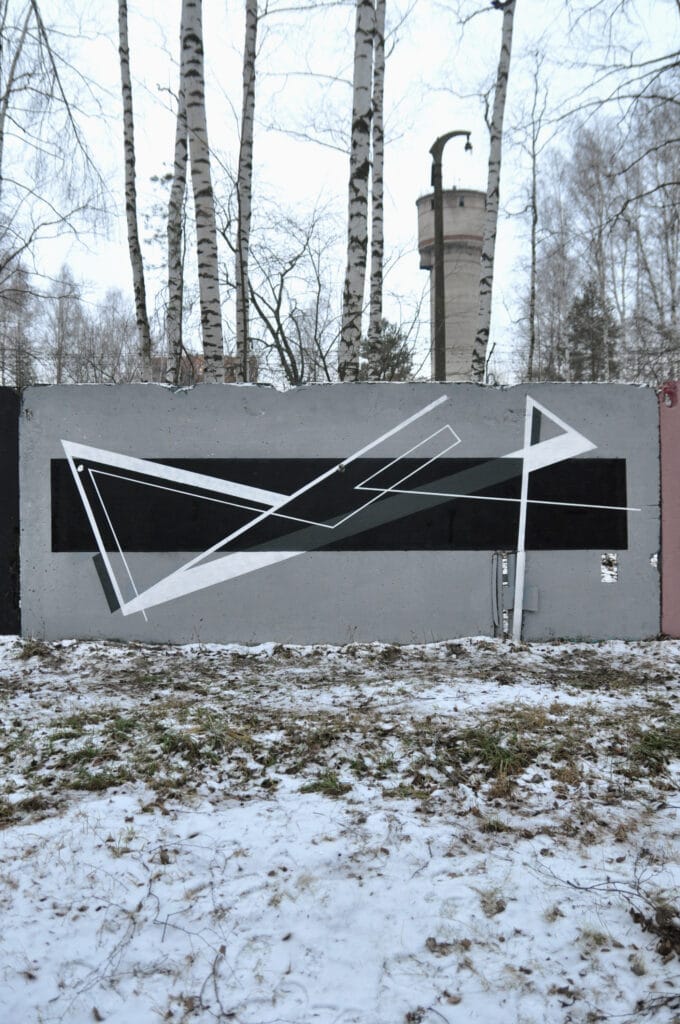
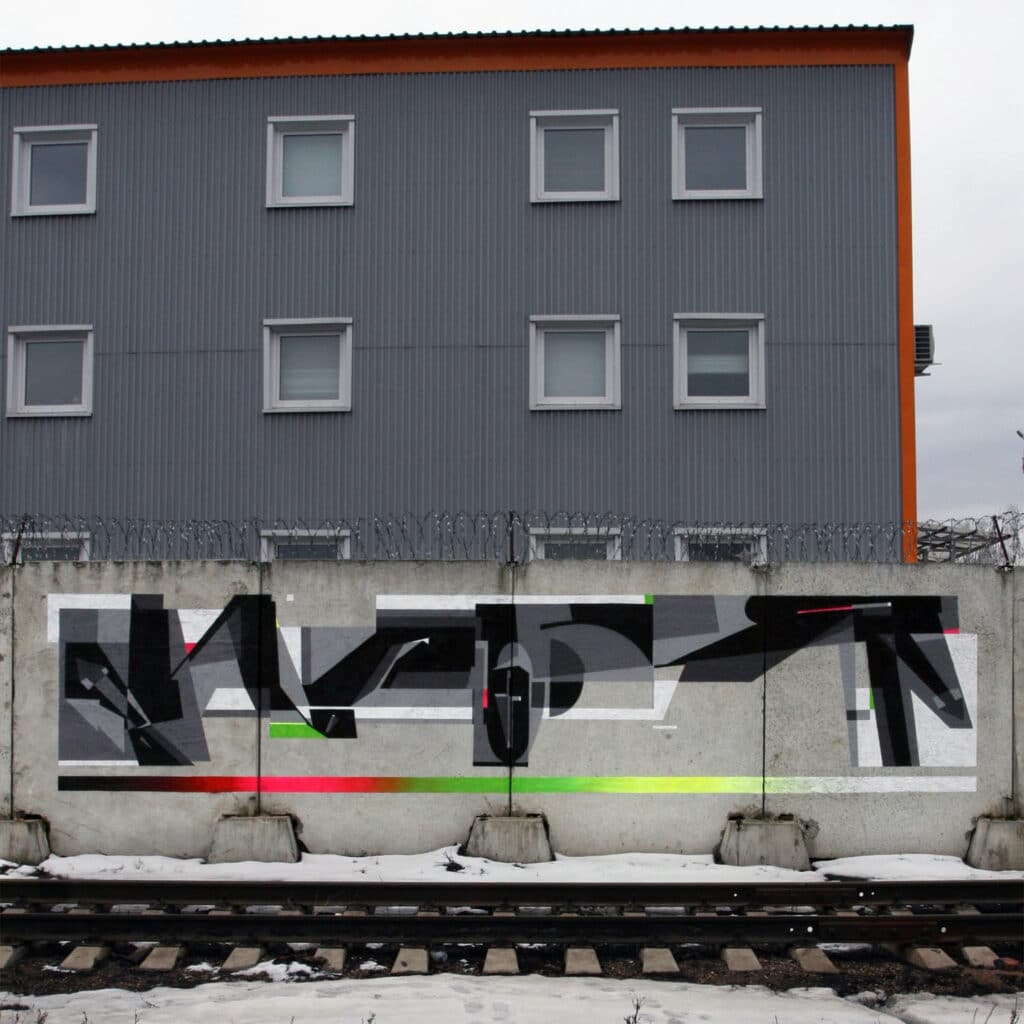
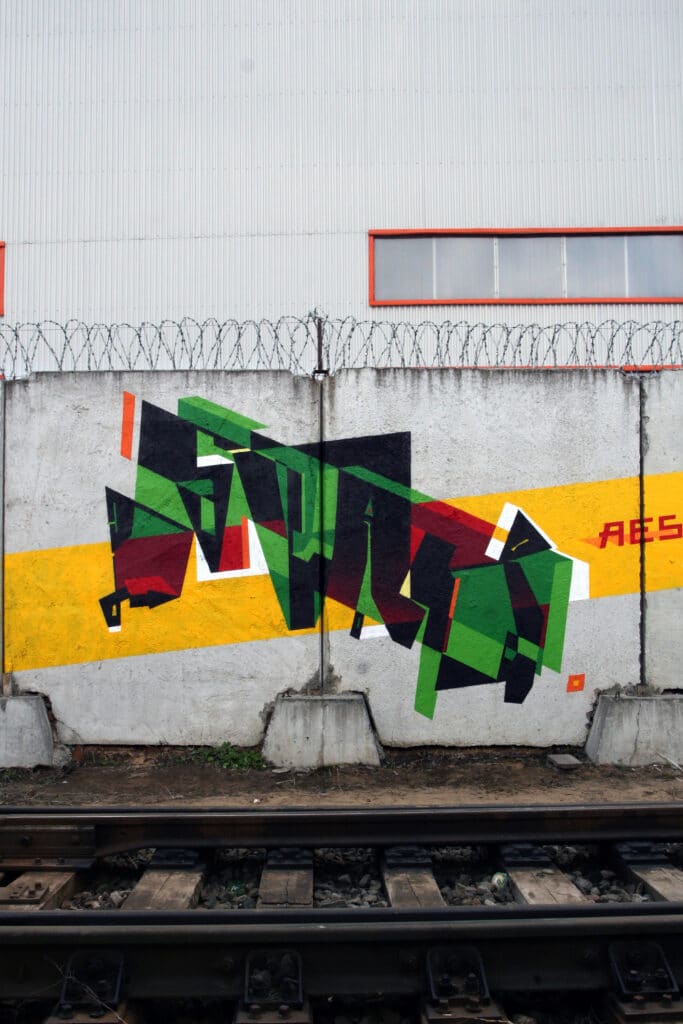
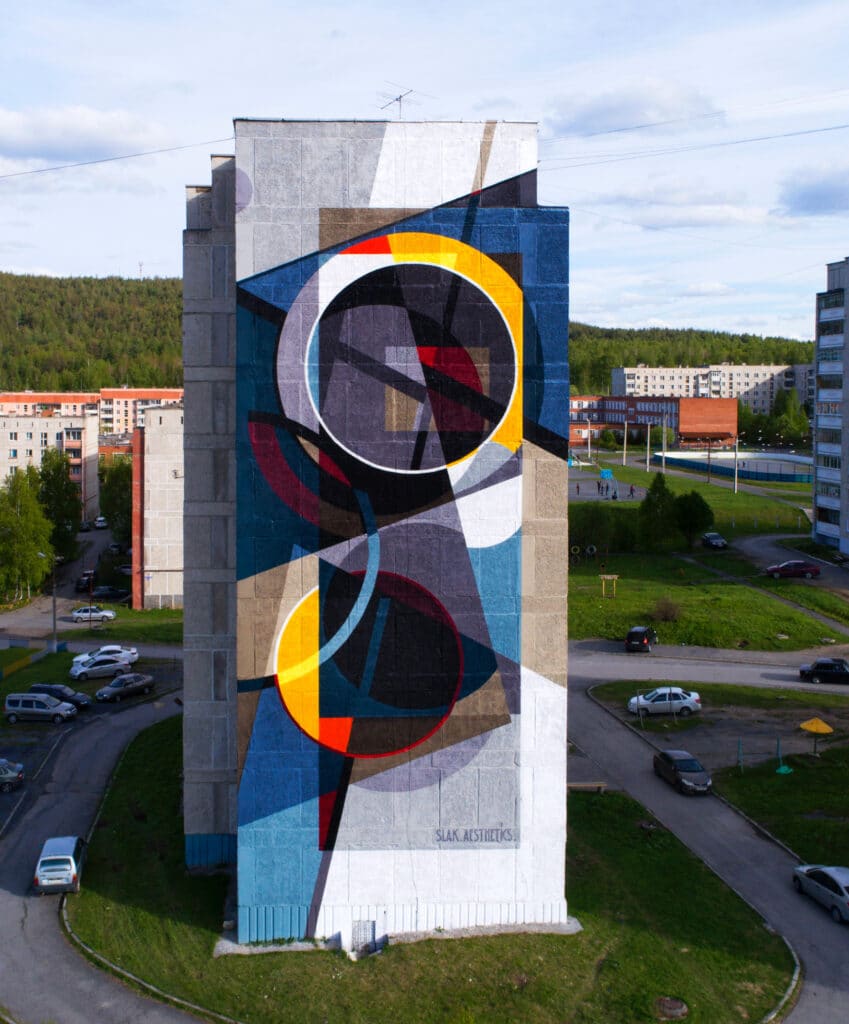
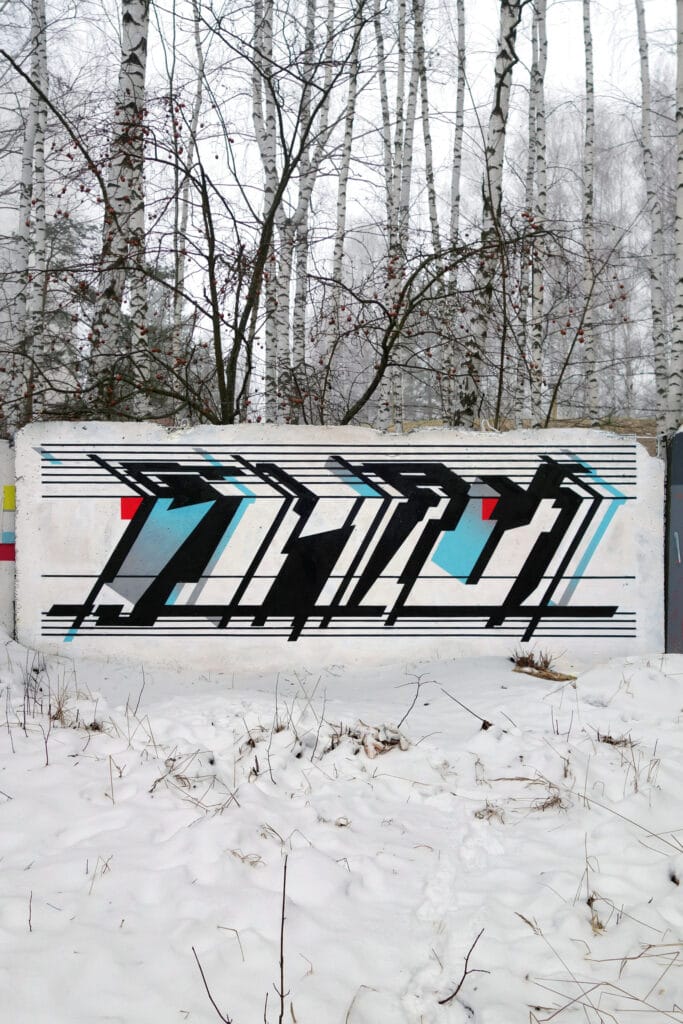
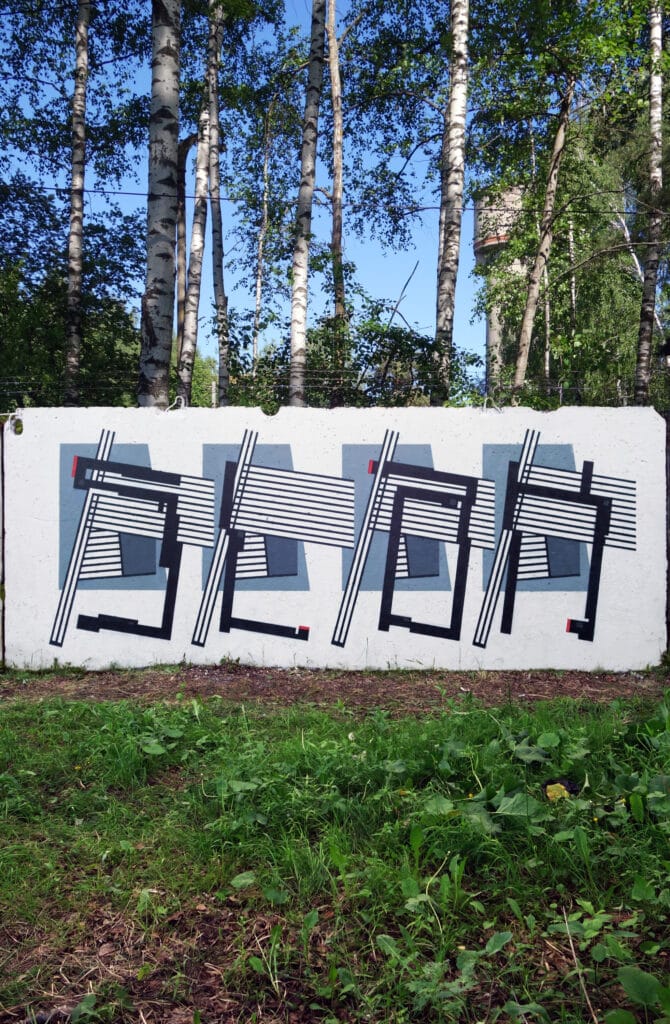
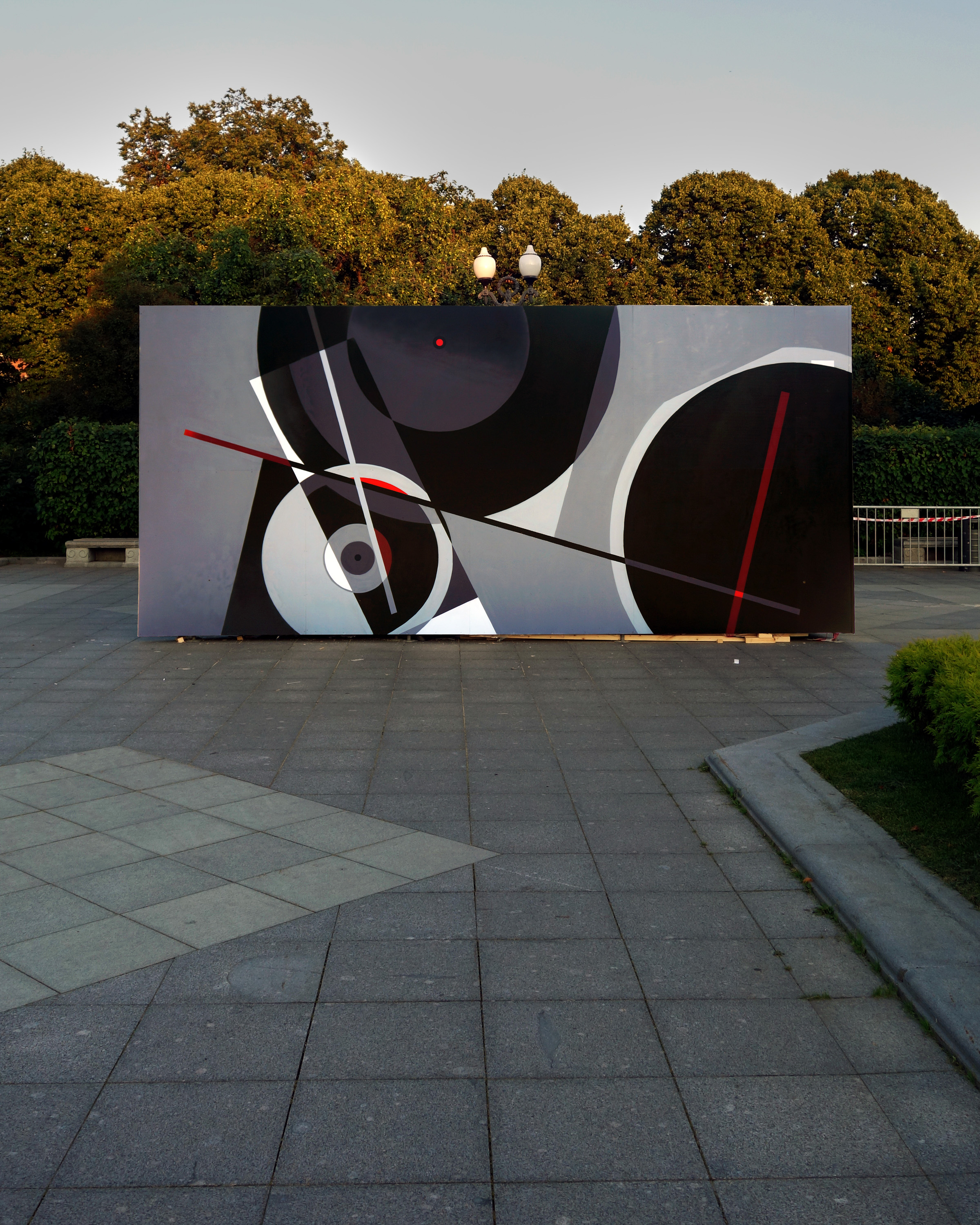
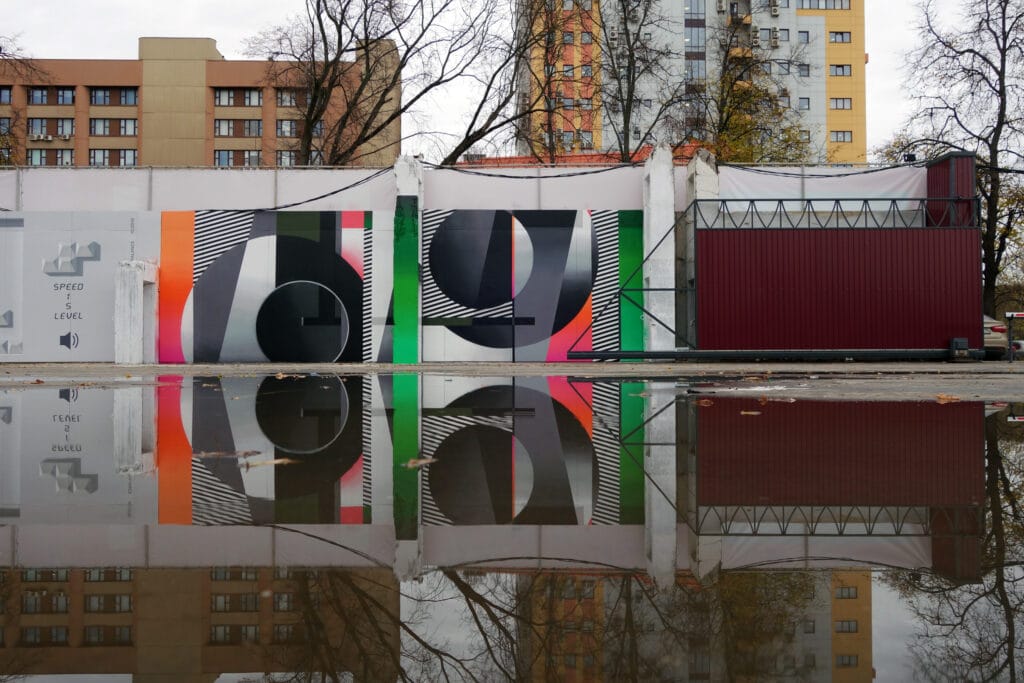
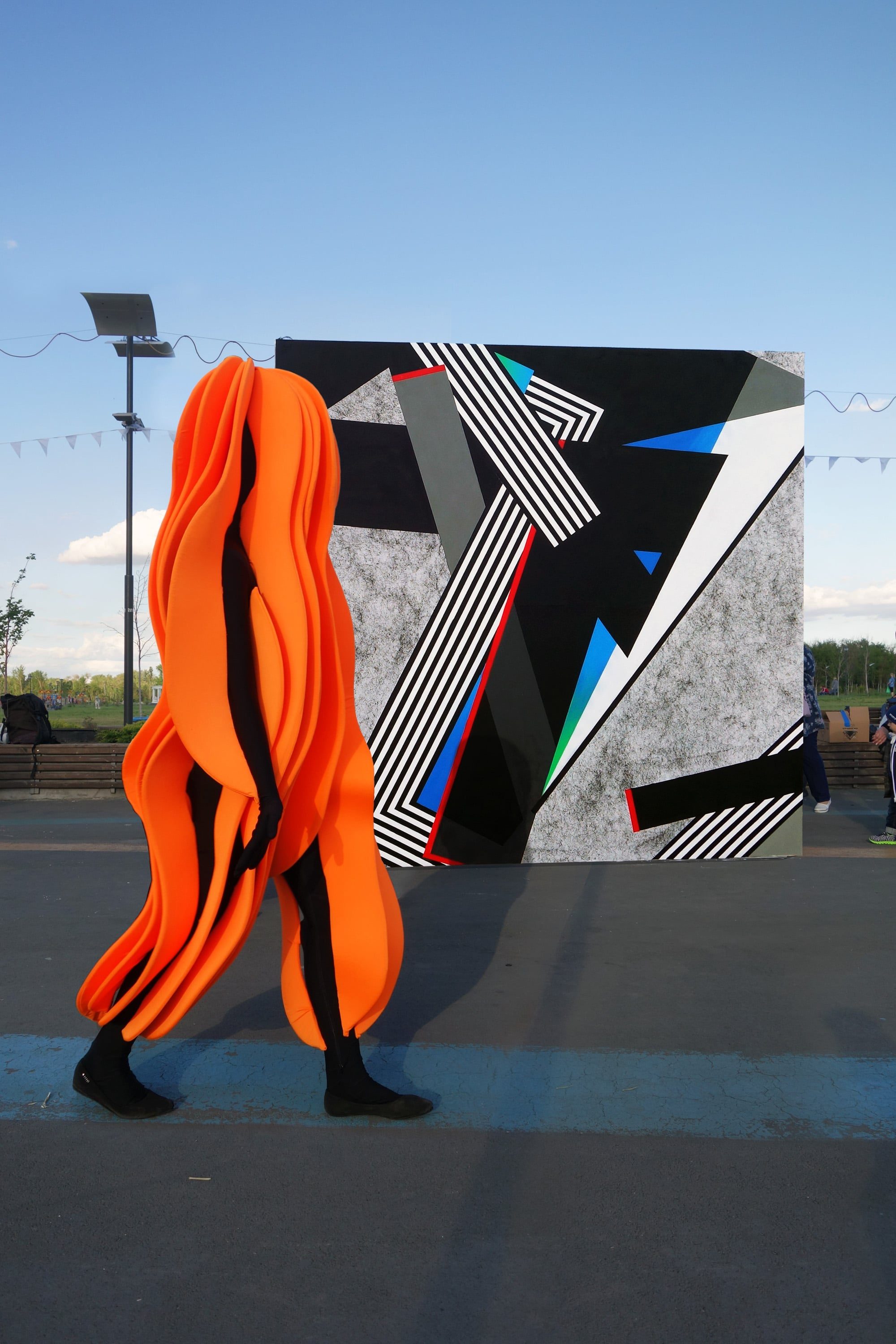
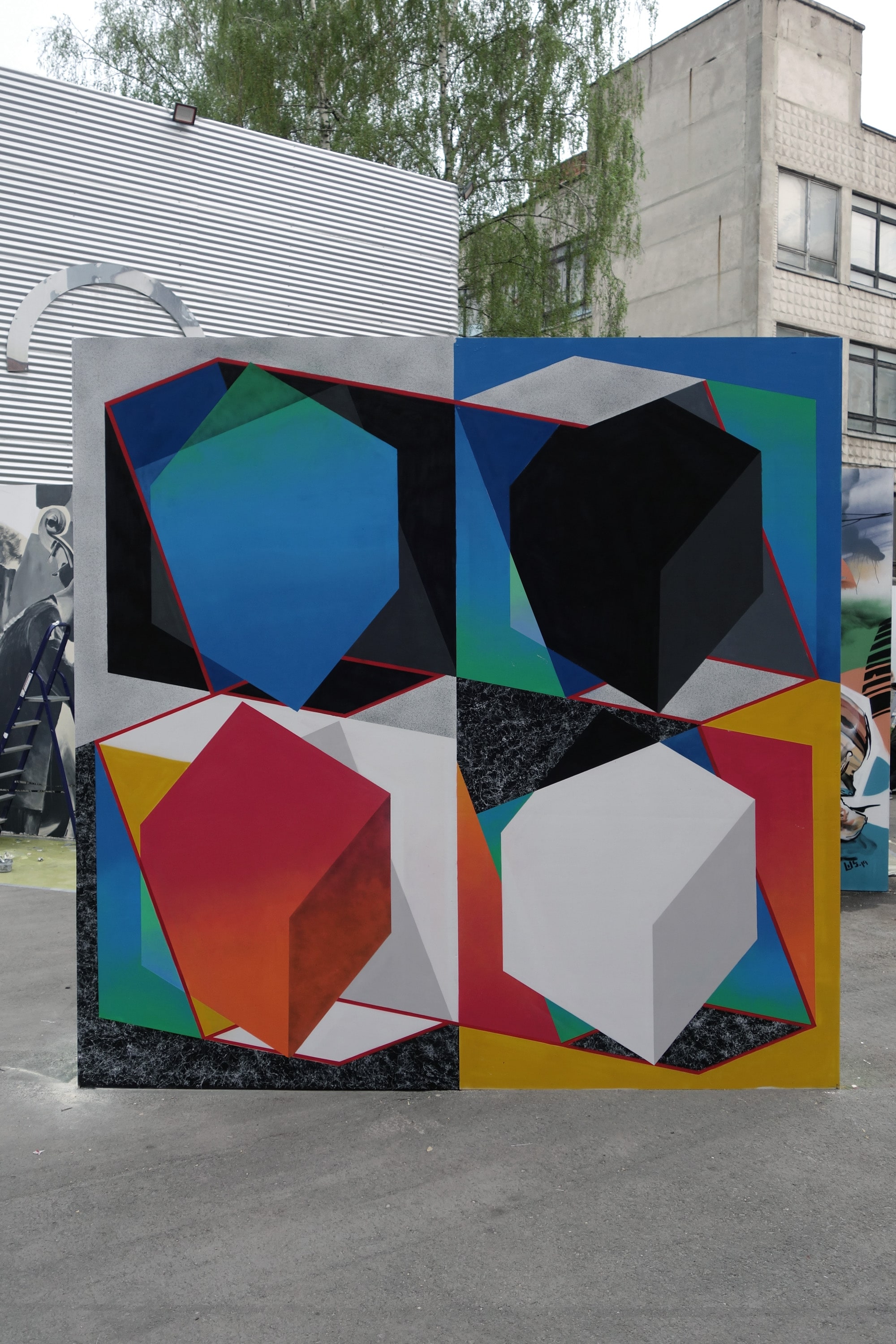
Mode of operation
Technically the Russian writer strives for perfection, using a wide range of auxiliary like scotch tape, angle gauge, ropes and projectors, for painting with spray paint only – on walls as well as on canvases. SLAK adheres to the opinion of Russian constructivist El Lissitzky, that the artist creates by thought, and it doesn’t matter what his hands are using: a brush, a compass, a ruler, etc. It’s just a tool, the end of his hand, which is controlled by his consciousness. In this regard, SLAK has never set himself the task of surprising the public with the mastery of any cap, his task is only the result of a balanced powerful abstract geometric composition. Sometimes he paints the background of a wall, but in general he is looking for clean flat walls and prefers when the background is concrete. The average size of his wall pieces are two by six meters. For his wall paintings and studio works as well, he always works with a maximalist sketch, a blueprint as he says, realized in advance. In the process of painting, some things change, but not too much, because the style writer likes control and confidence in the result. For a long time now, SLAK restricted himself concerning his color selection. A certain time he worked only in gray and red, he did not want to be pretentious with colors, as a rather reserved person, as he defines himself, that is why a lot of his works have achromatic character. But in the last years he opens up to a more colorful palette.
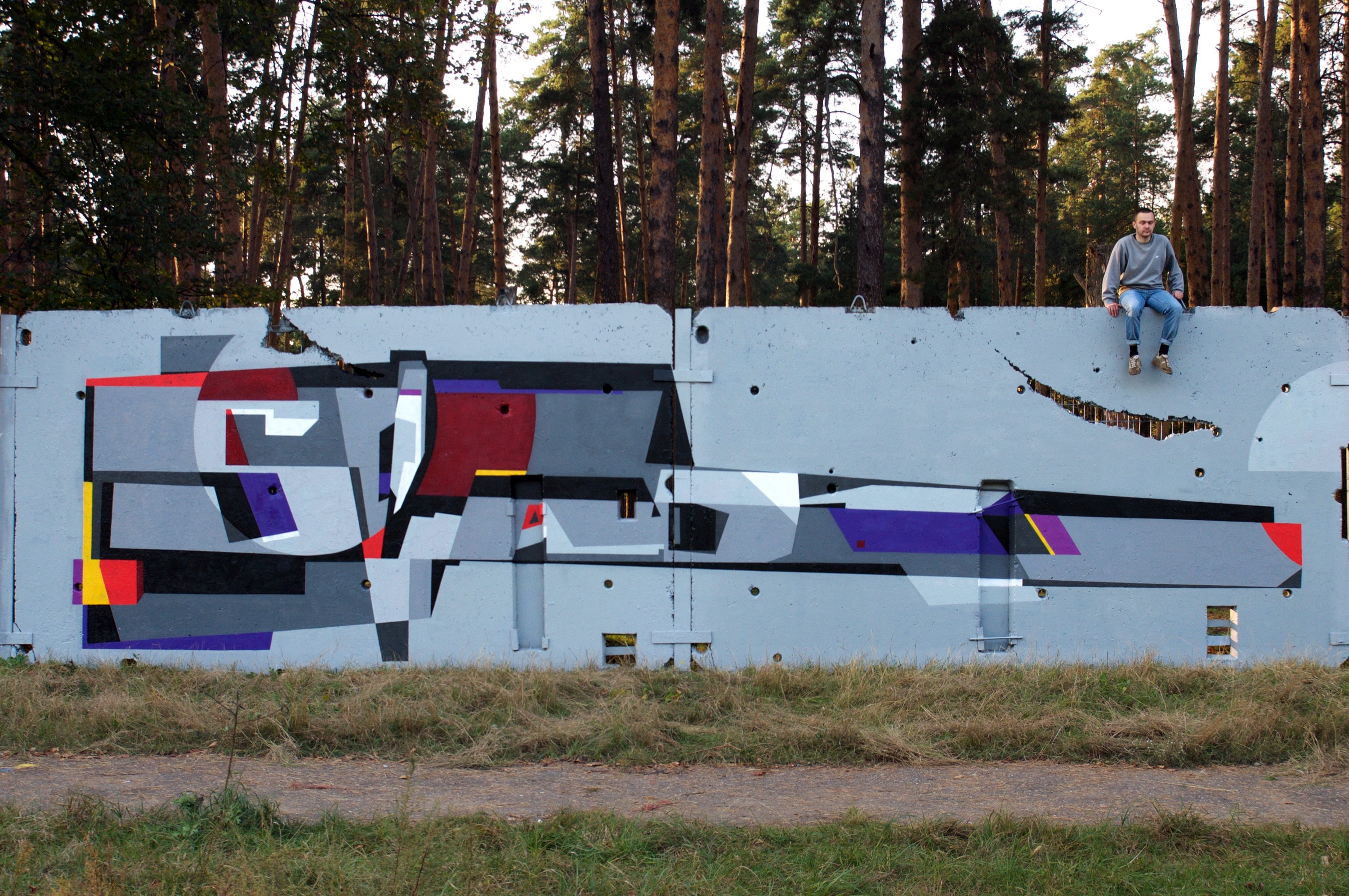
As for the studio work, SLAK describes that the key difference with his work on walls is that he does much more complex compositions on canvas, because he has definitely more time than outside. And in the last 15 years SLAK painted many wall paintings, had several exhibitions of his studio works, and realized murals, often with PETRO as Aesthetics group.
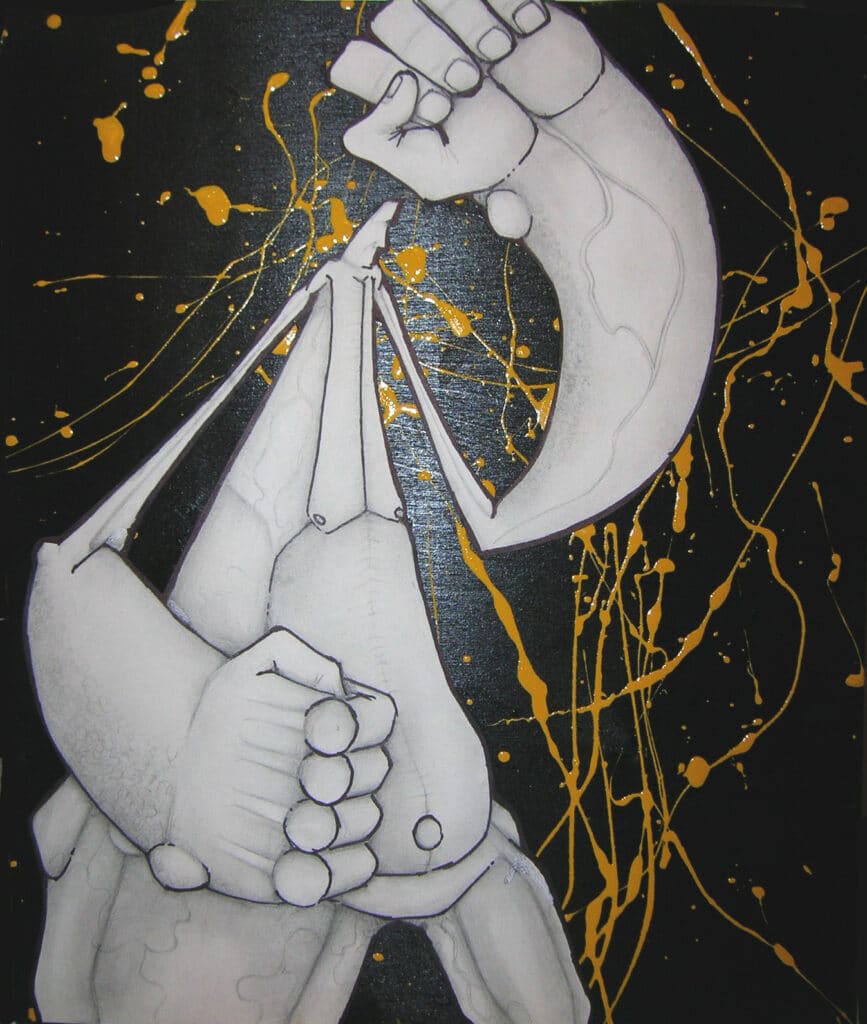
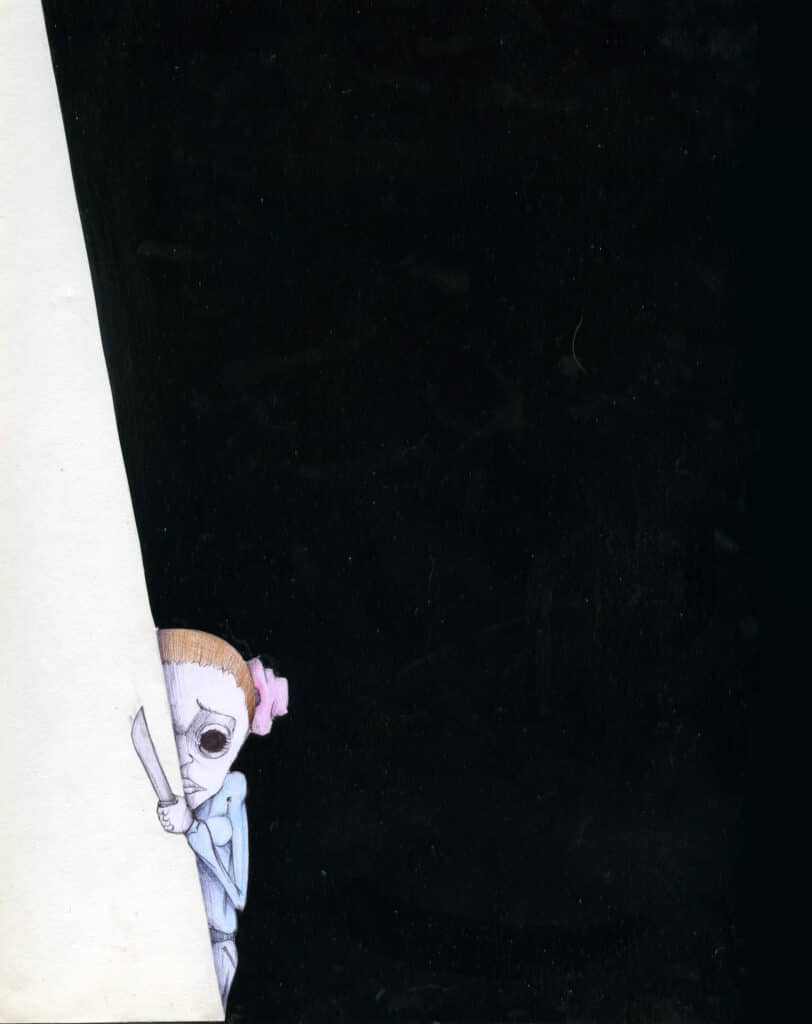
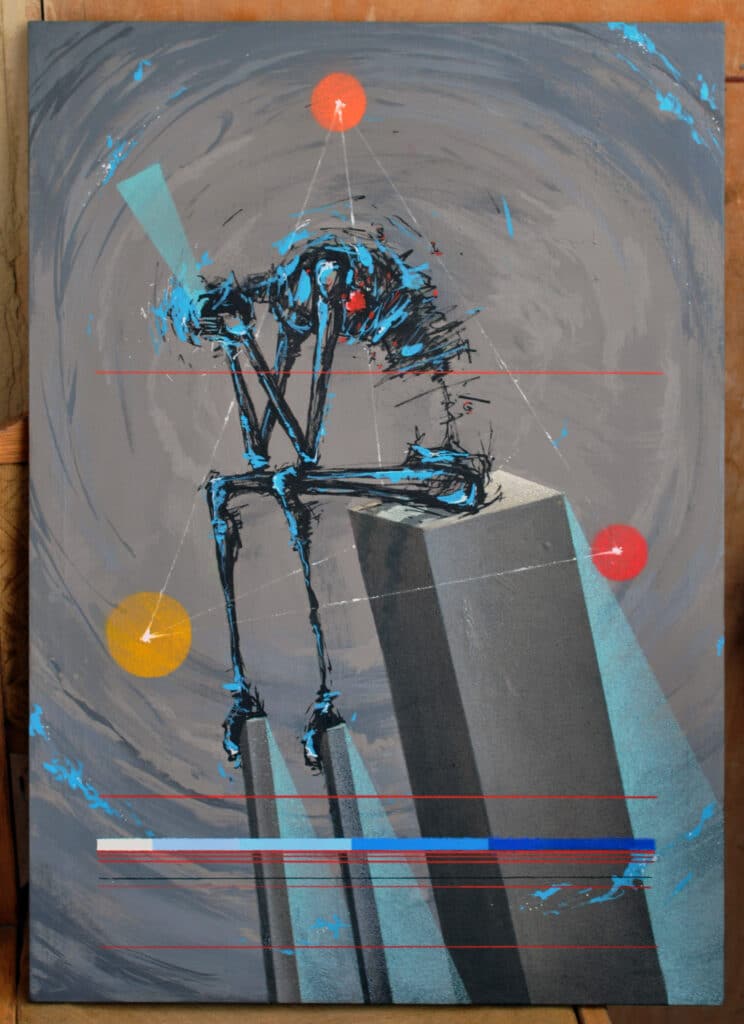
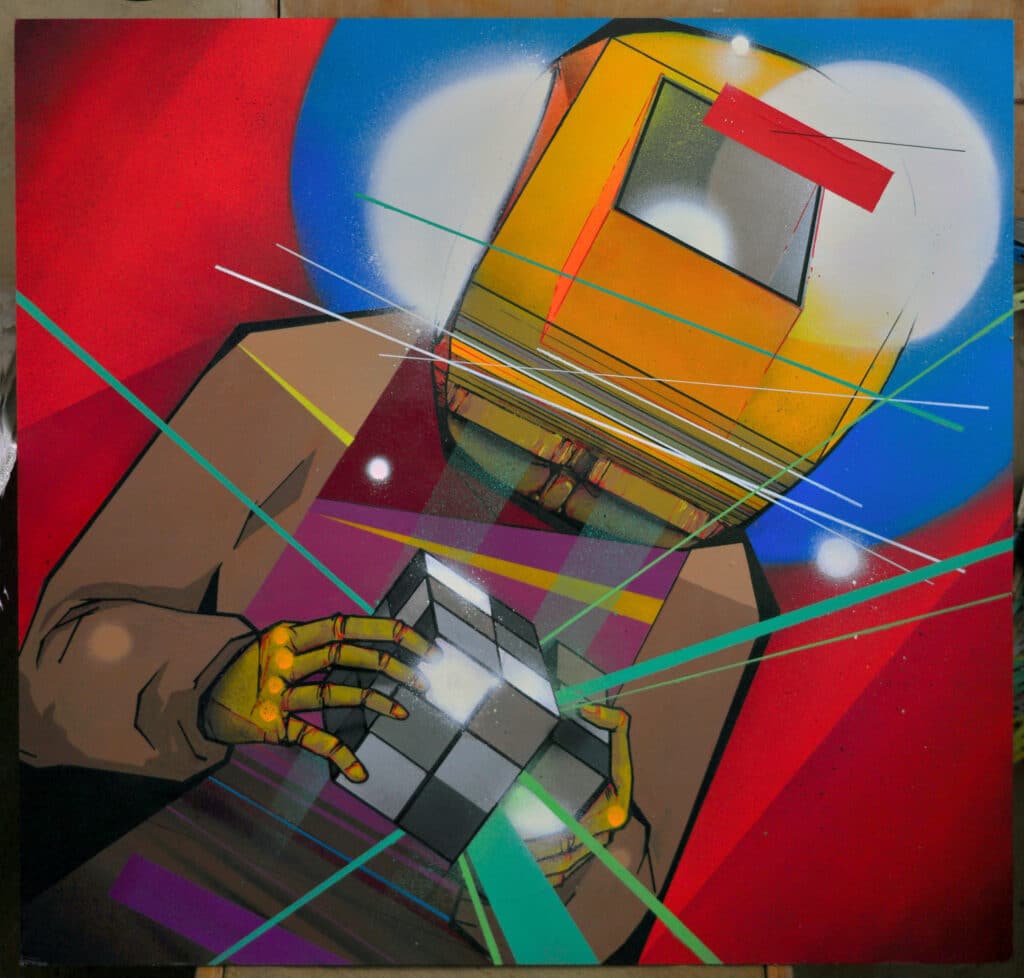
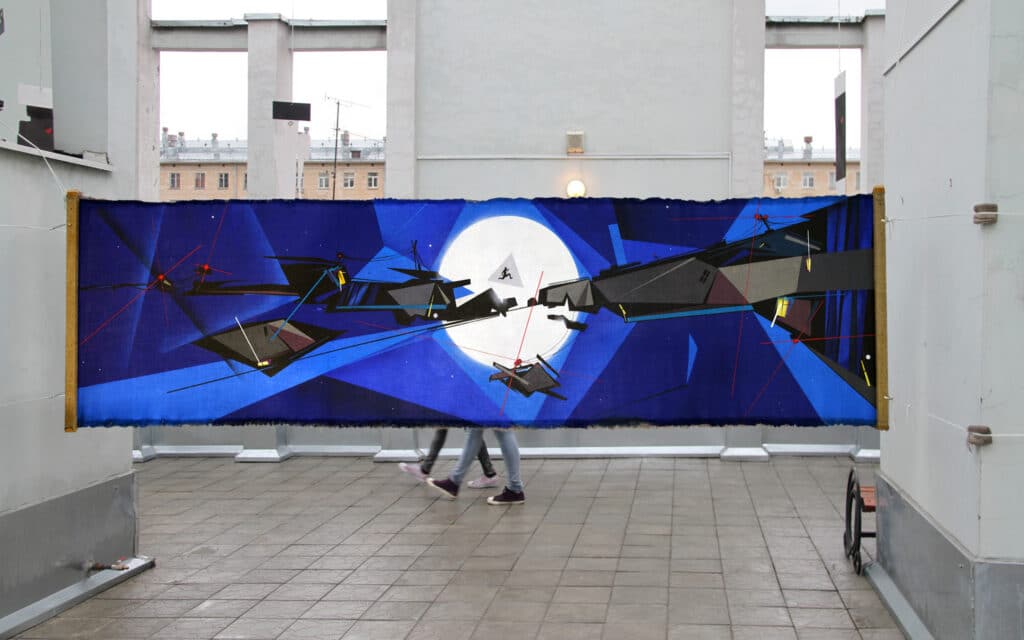
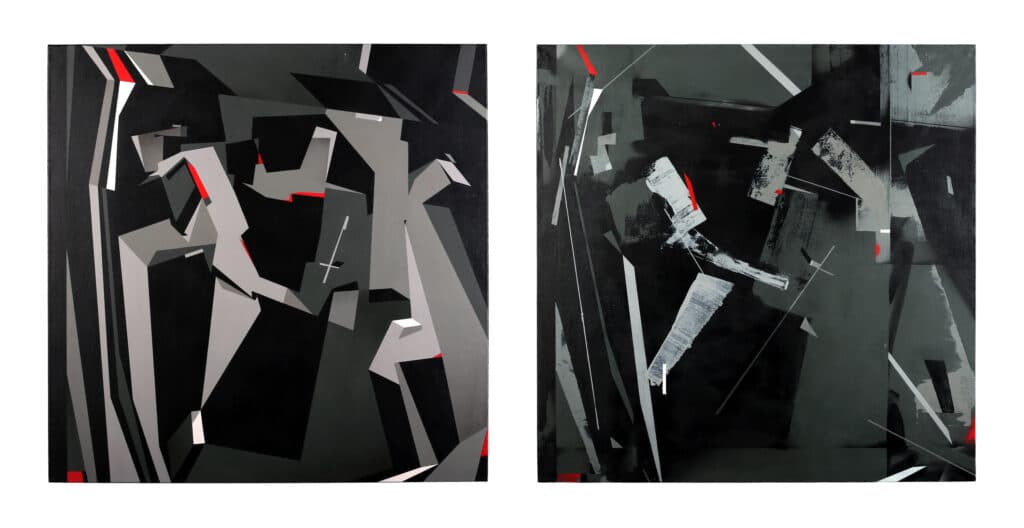
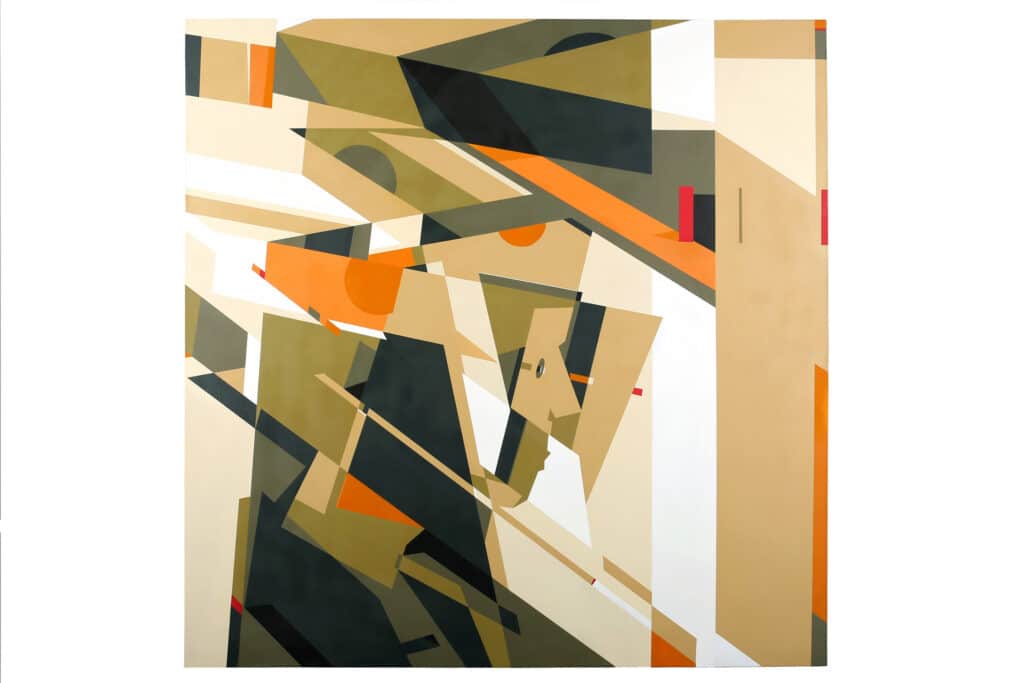
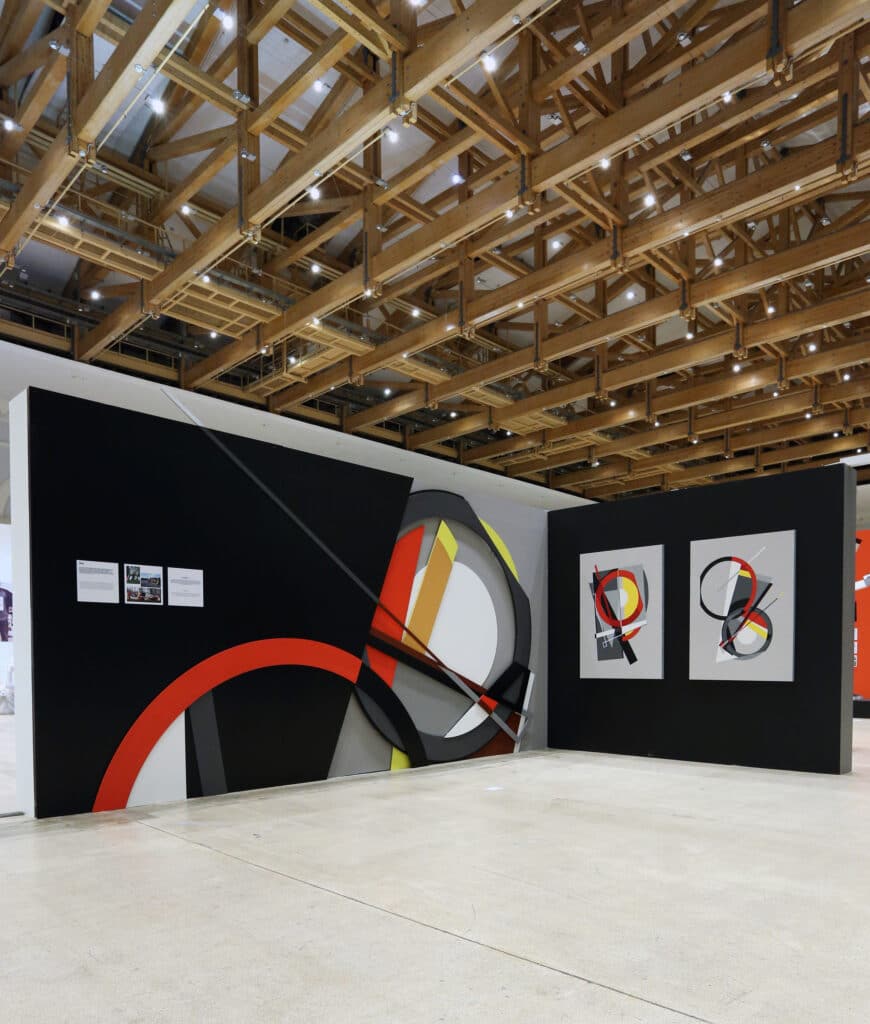
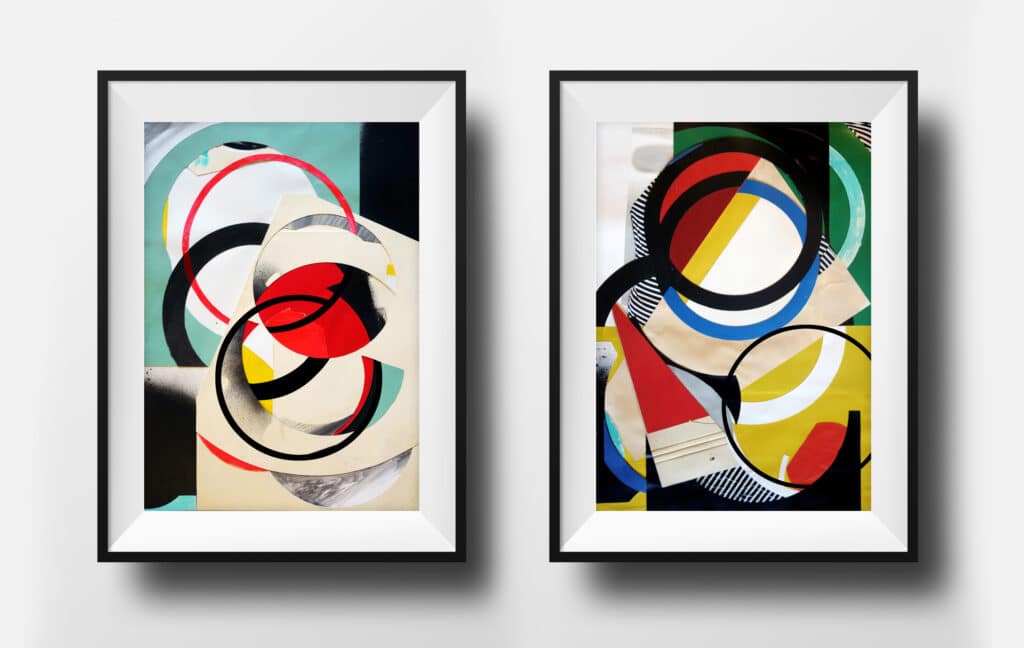
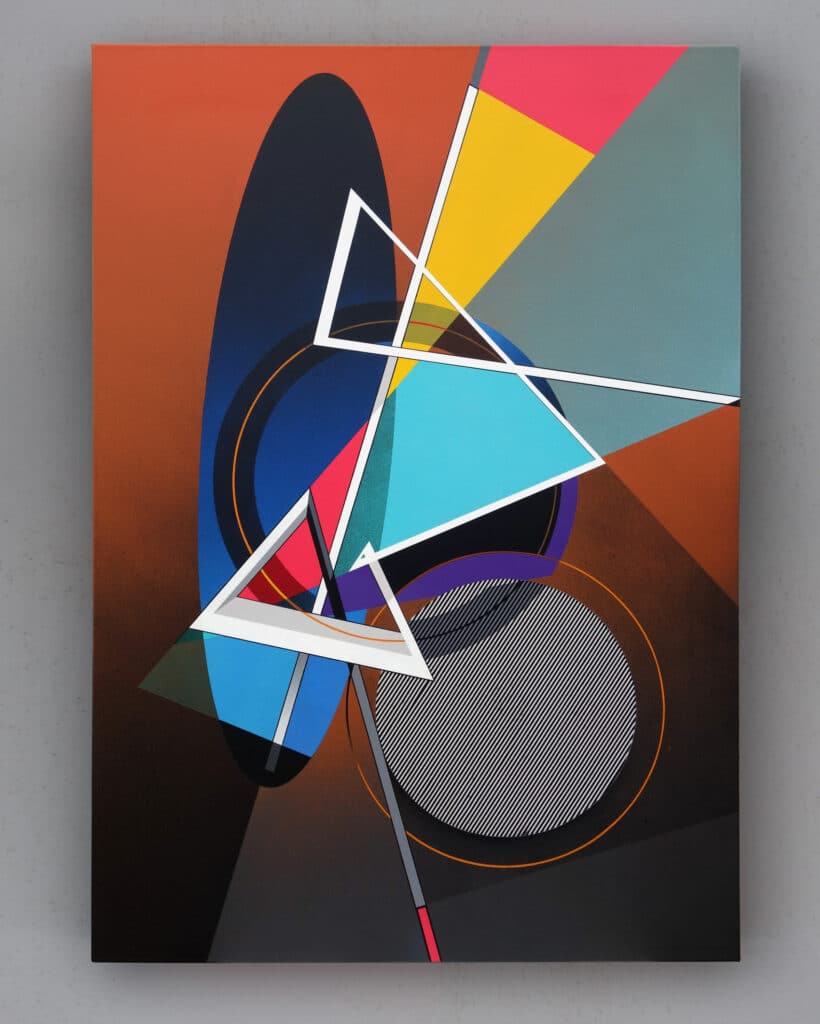
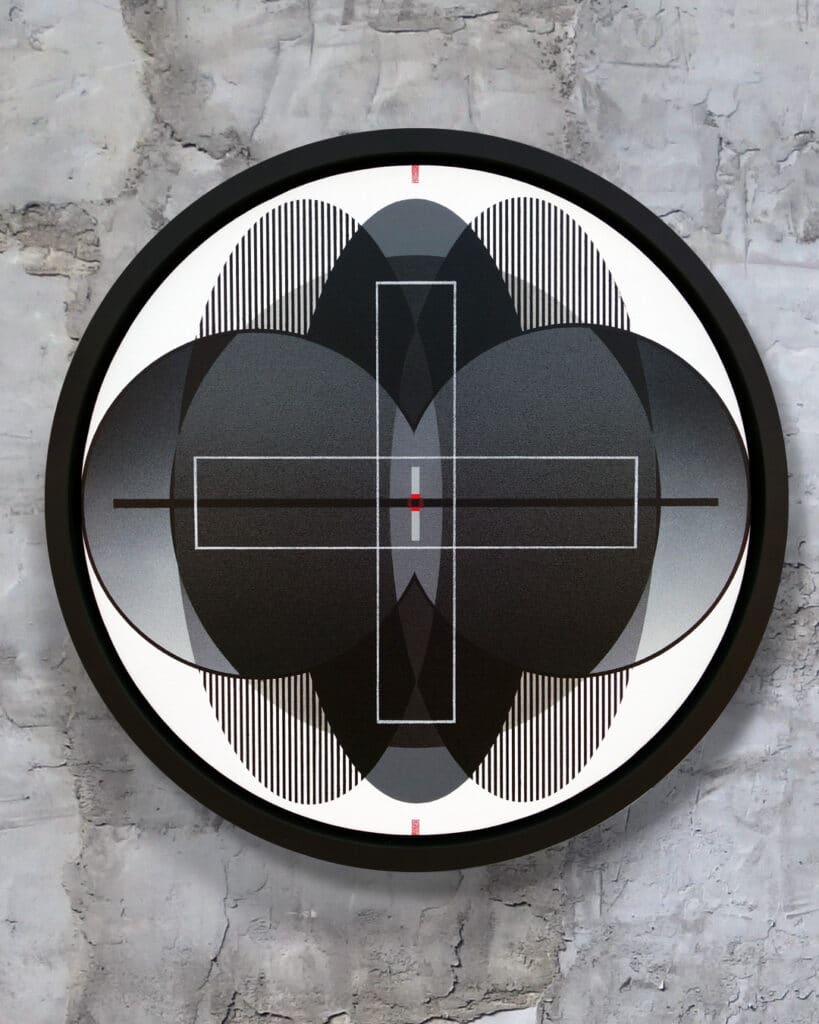
Since last year, he paints his readable name SLAK in urban space again, re-considering for himself the construction of typography. Before the abstract way, he ended up trying to dissolve his letters into abstraction. Now he stopped doing it and wants to give full power to the form, each letter is stripped and bare. A kind of ode to form, according to him. And SLAK separated for himself finally the two stylistic directions of lettering and abstraction, at least for now, during these chaotic, uncertain times.
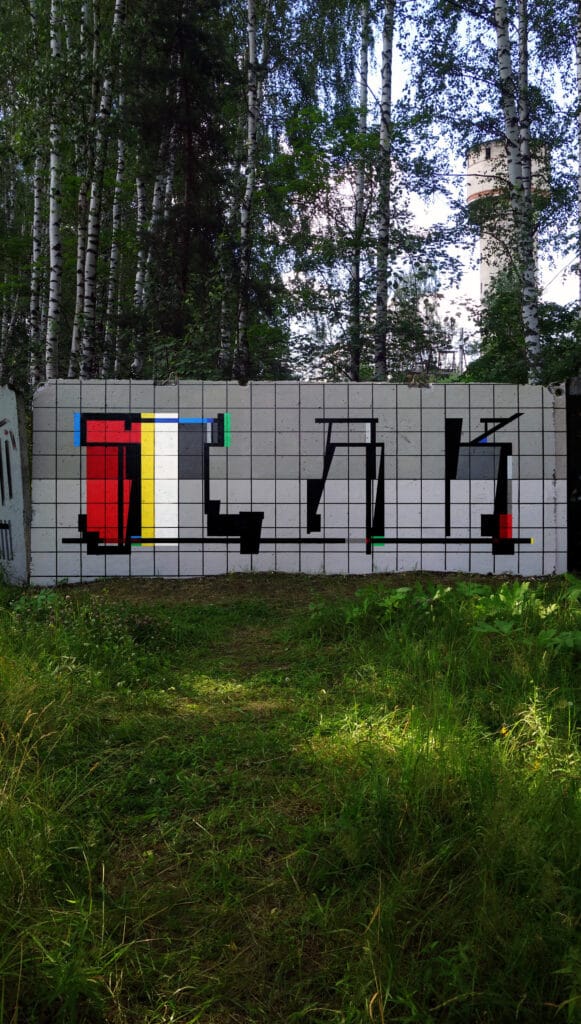
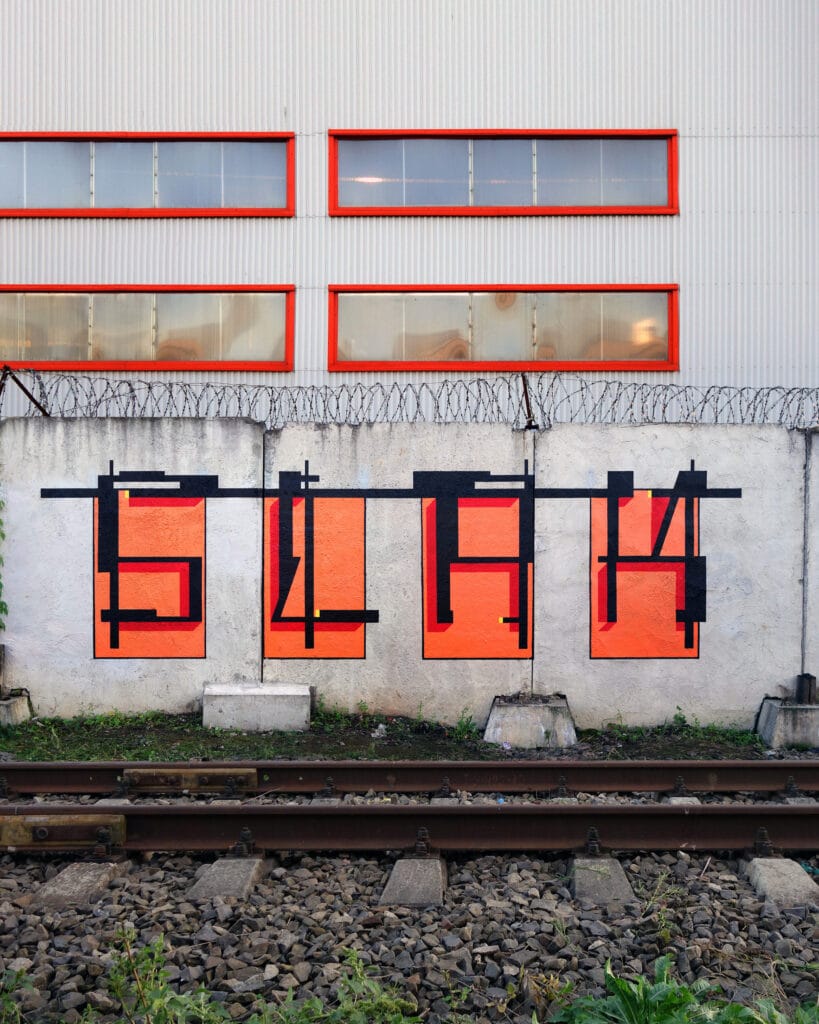
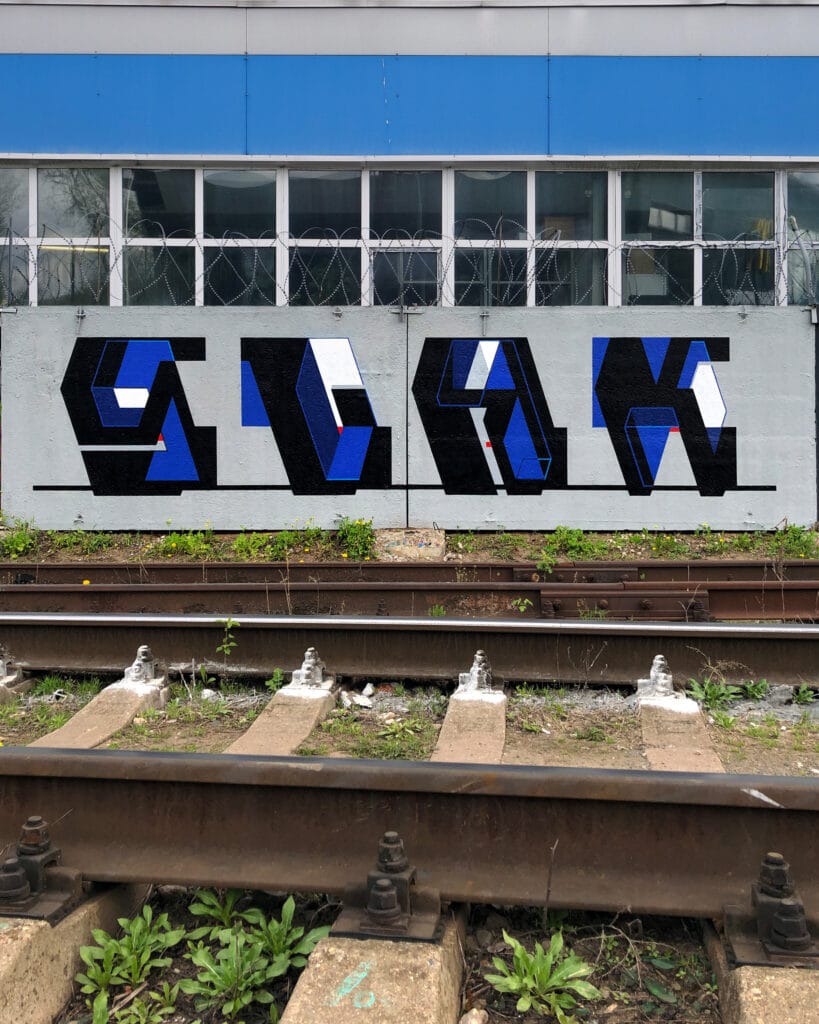
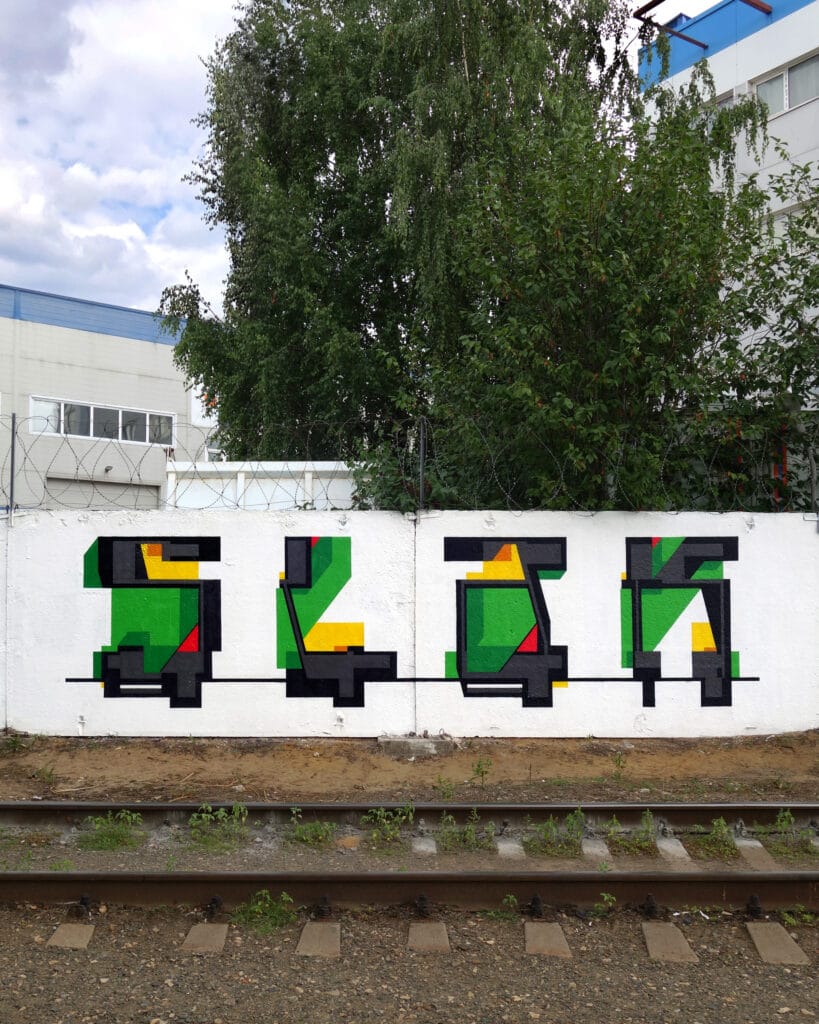
817 views
Categories
Tags:

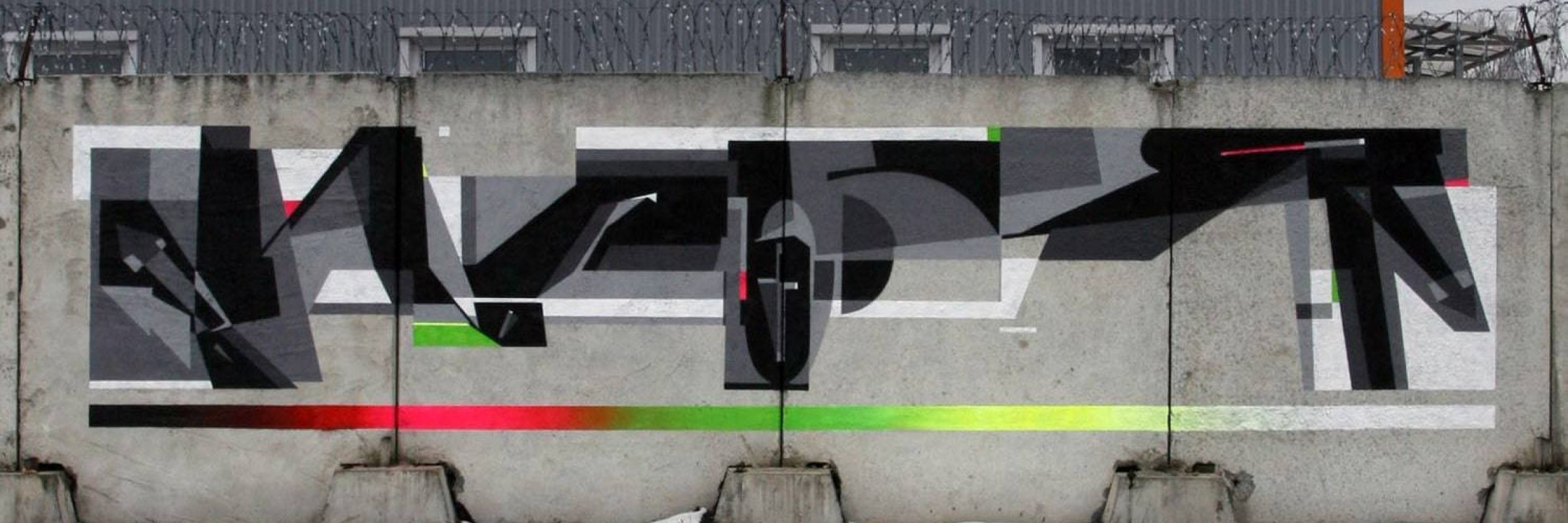

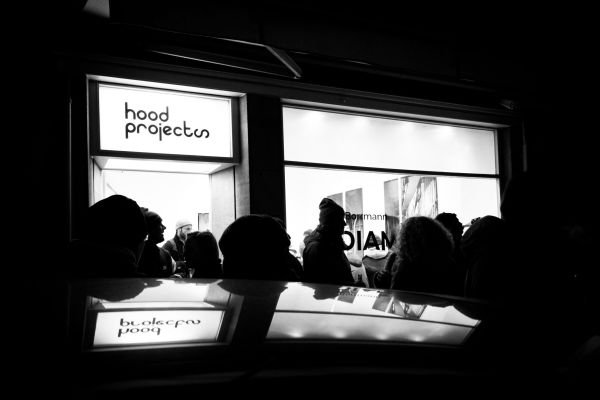
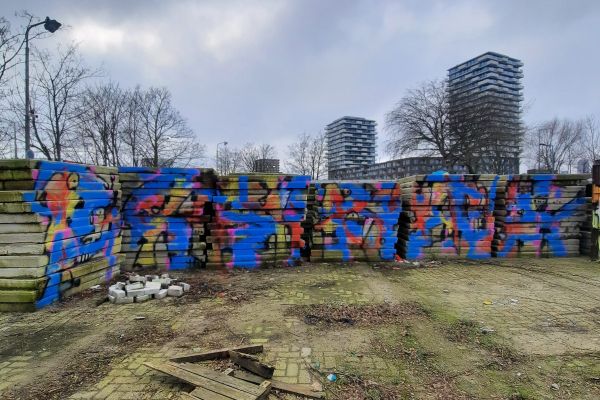
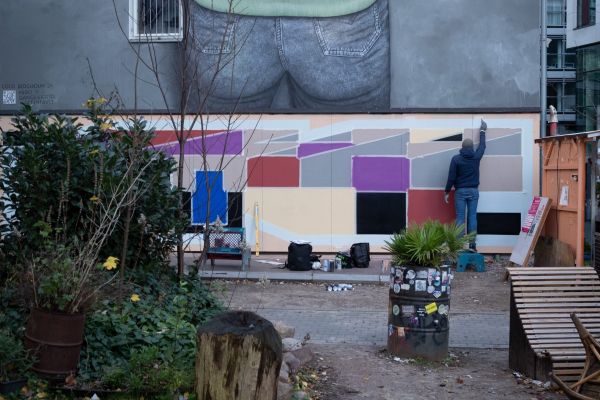
Leave a Reply